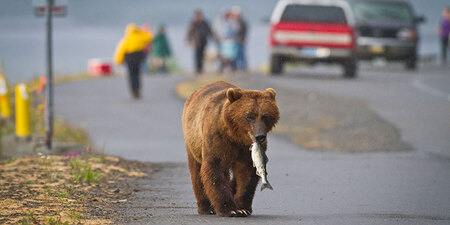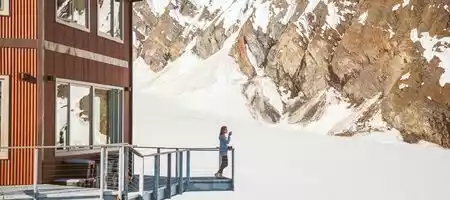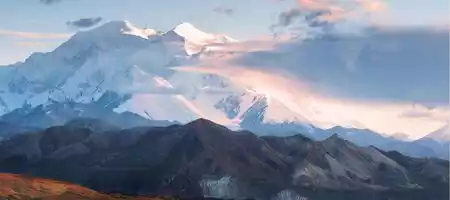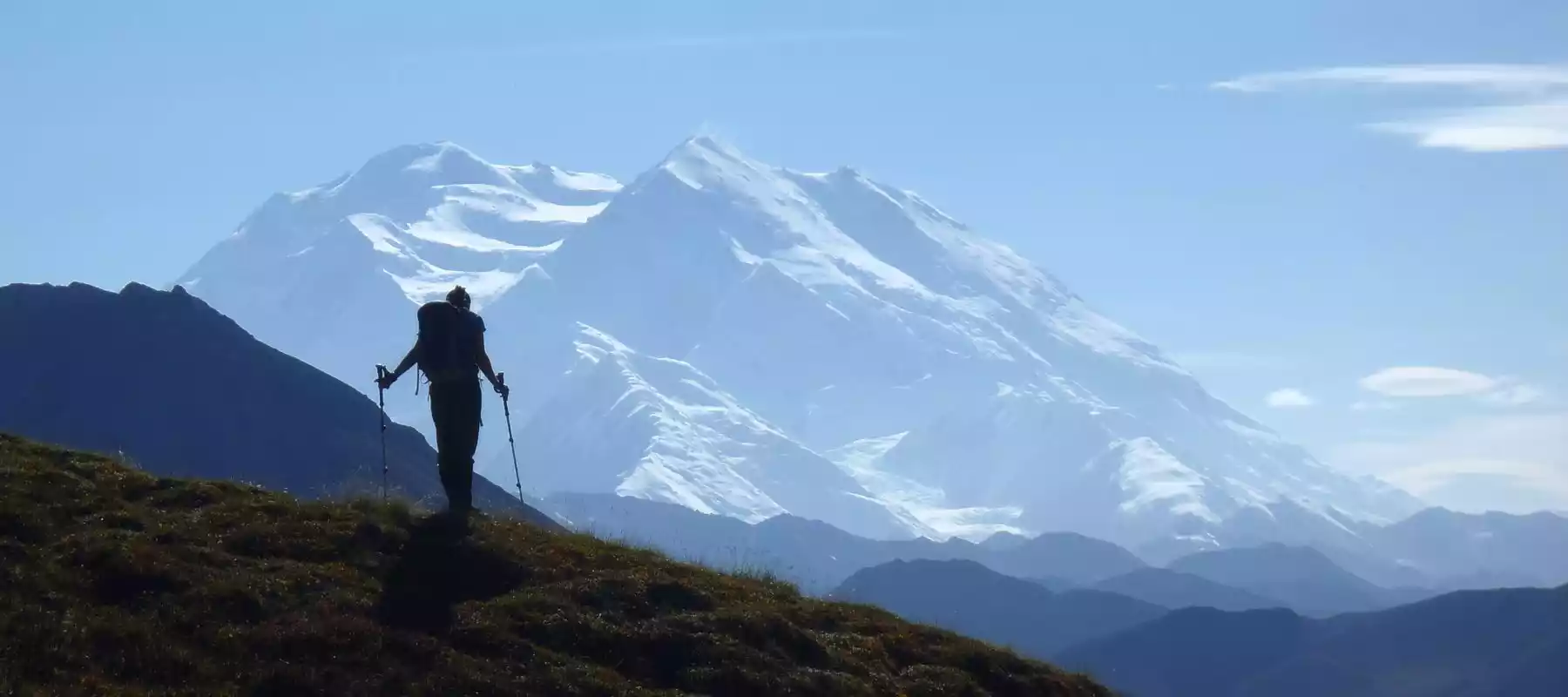
Last updated: September 26, 2025
Find landscapes untouched by modernity, but cared for with a human touch.
America’s national parks are beloved. For travelers looking to visit every national park in the country, those drawn to stunning natural spaces, or travelers looking for Alaska vacation ideas, national parks in Alaska are some of the most sought-after destinations.
Many national parks in Alaska are remote, requiring chartered planes, day-long boat trips, and a lot of planning to reach. So among both casual park fans and diehard completionists, Alaska’s national parks are among the most coveted.
Luckily, we tailor our trips to each traveler we work with. That means putting you exactly where you want to be. We offer trips in 6 out of the 8 national parks of Alaska.
Here, we will cover each national park in detail — everything you need to know about going, and what you should do when you’re there. At the end, we’ll give you a roundup of our trips with time in national parks.
National Parks in Alaska in Short:
- There are eight national parks in Alaska
- Two can be accessed by road, and the other six are fly-in or boat-in
- If you’re looking to visit, you can choose between independently chartering vehicles or booking guided tours
How Many National Parks are in Alaska?
There are eight official national parks in Alaska. They are:
- Denali National Park & Preserve
- Gates of the Arctic National Park & Preserve
- Glacier Bay National Park & Preserve
- Katmai National Park & Preserve
- Kenai Fjords National Park
- Kobuk Valley National Park
- Lake Clark National Park & Preserve
- Wrangell-St. Elias National Park & Preserve
Beyond its national parks, Alaska is home to a collection of national historic parks, national preserves, and other sites cared for by the National Park Service. However, while falling under the National Park System, they are not official national parks.
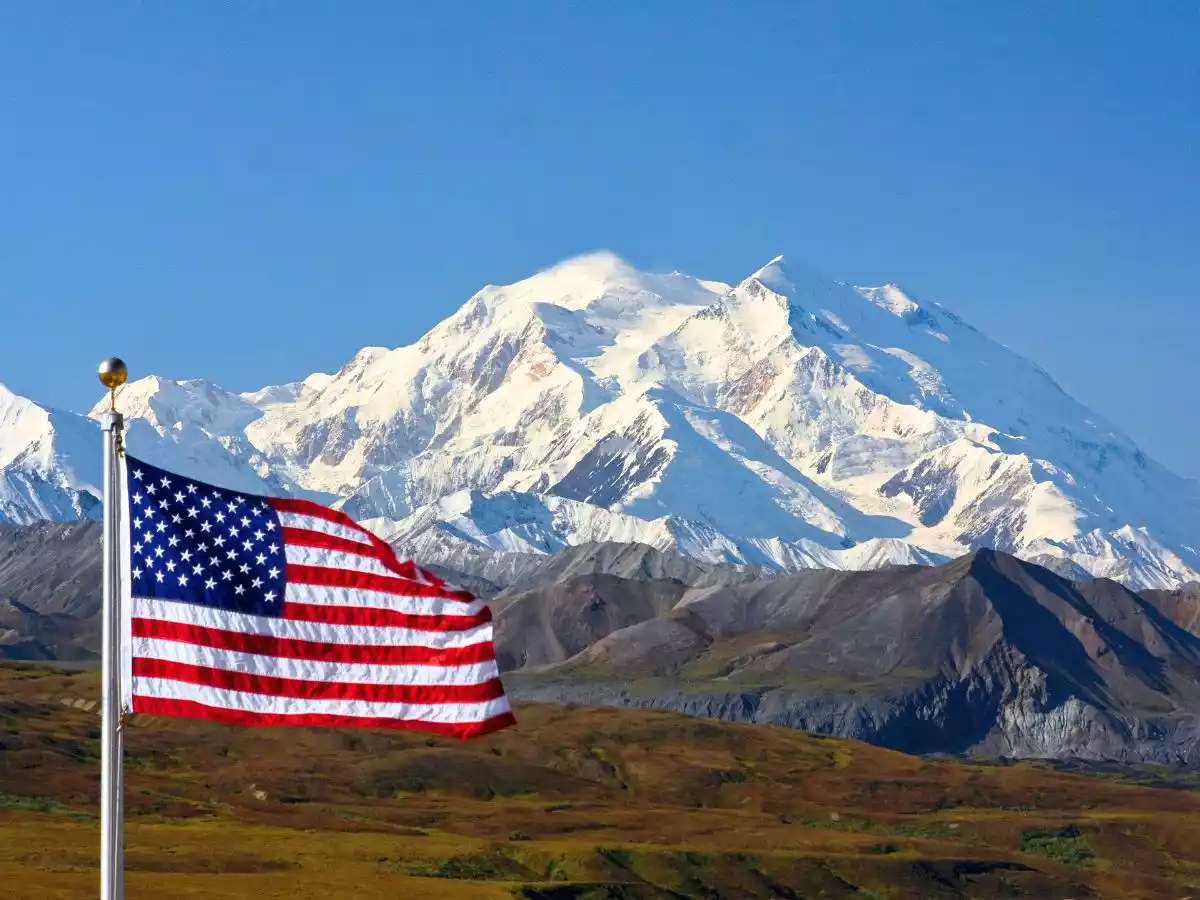 Credit: NPS Photo
Credit: NPS Photo
Why Visit Alaska’s National Parks
National parks in Alaska offer vast, untouched wilderness, magnificent landscapes, and truly wild wildlife in a magnitude rarely found in the lower 48.
National parks provide a chance for communities across the nation to access stunning natural landscapes. National parks in Alaska take that nature to another level.
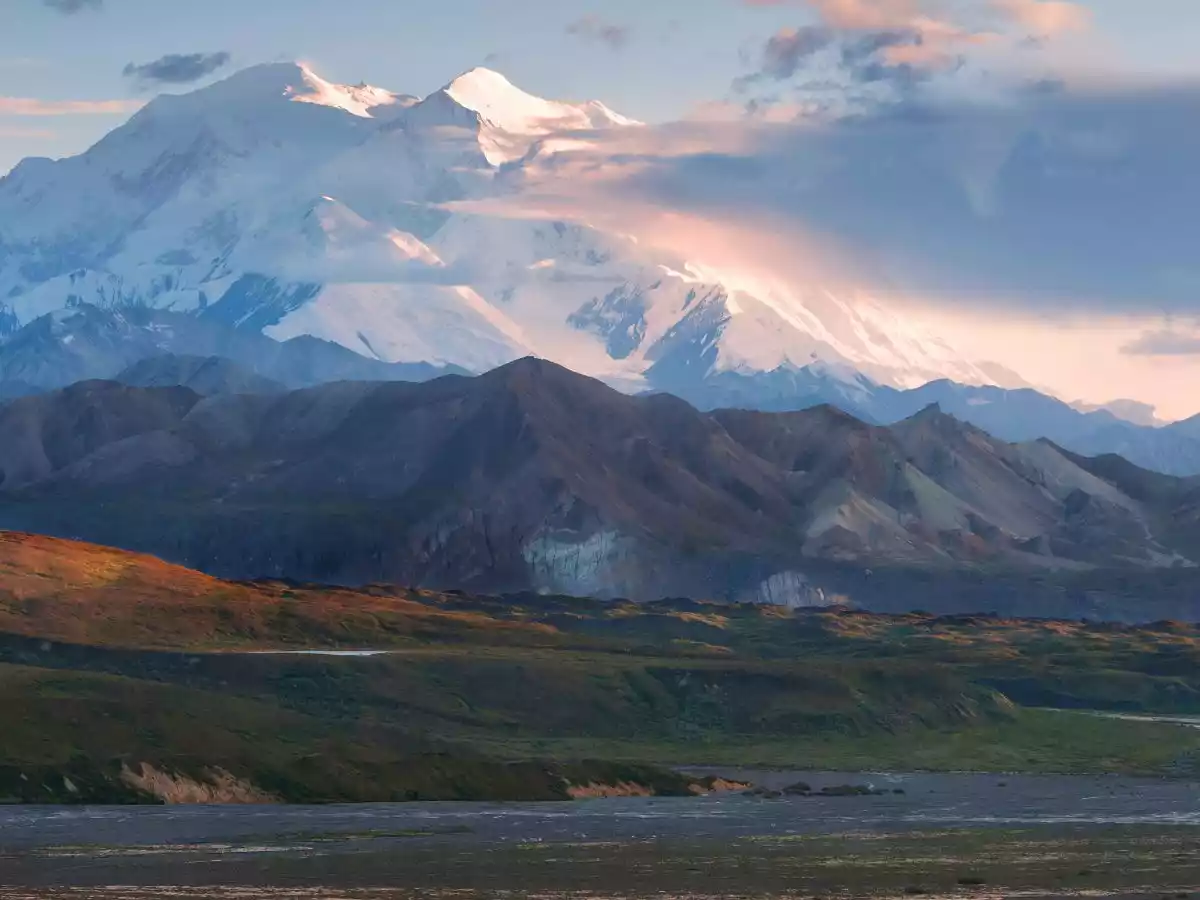 Credit: NPS Photo / Tim Rains
Credit: NPS Photo / Tim Rains
Denali National Park & Preserve
Denali National Park & Preserve is the most-visited national park in Alaska. It is located in Alaska’s Interior region, around 237 miles north of Anchorage (by road) and 150 miles south of Fairbanks.
Due to its location, it is also one of the most easily accessible national parks in Alaska. That being said, its approximately 600,000 annual visitors at its pre-COVID height make it much quieter than the most visited national park, Great Smoky Mountains National Park (12 million visitors).
Denali National Park & Preserve is home to the tallest mountain in North America: Mount Denali or Mount McKinley.
How to Get There
Denali National Park & Preserve is easily accessed from either Anchorage or Fairbanks. The main ways of getting there are by car and by rail.
Getting to Denali by car is easy. From Anchorage, drive north on the Glenn Highway before merging onto the Parks Highway, where you’ll stay until you reach the park. From Fairbanks, simply take the Parks Highway south.
The most scenic way to get to Denali, though, is on board Alaska Railroad’s Denali Star. The Denali Star is Alaska Railroad’s flagship service, connecting Anchorage and Fairbanks by way of an incredibly scenic 12-hour train ride past Denali National Park & Preserve. You can disembark at the Denali stop to explore the park — something we include in almost all of our itineraries.
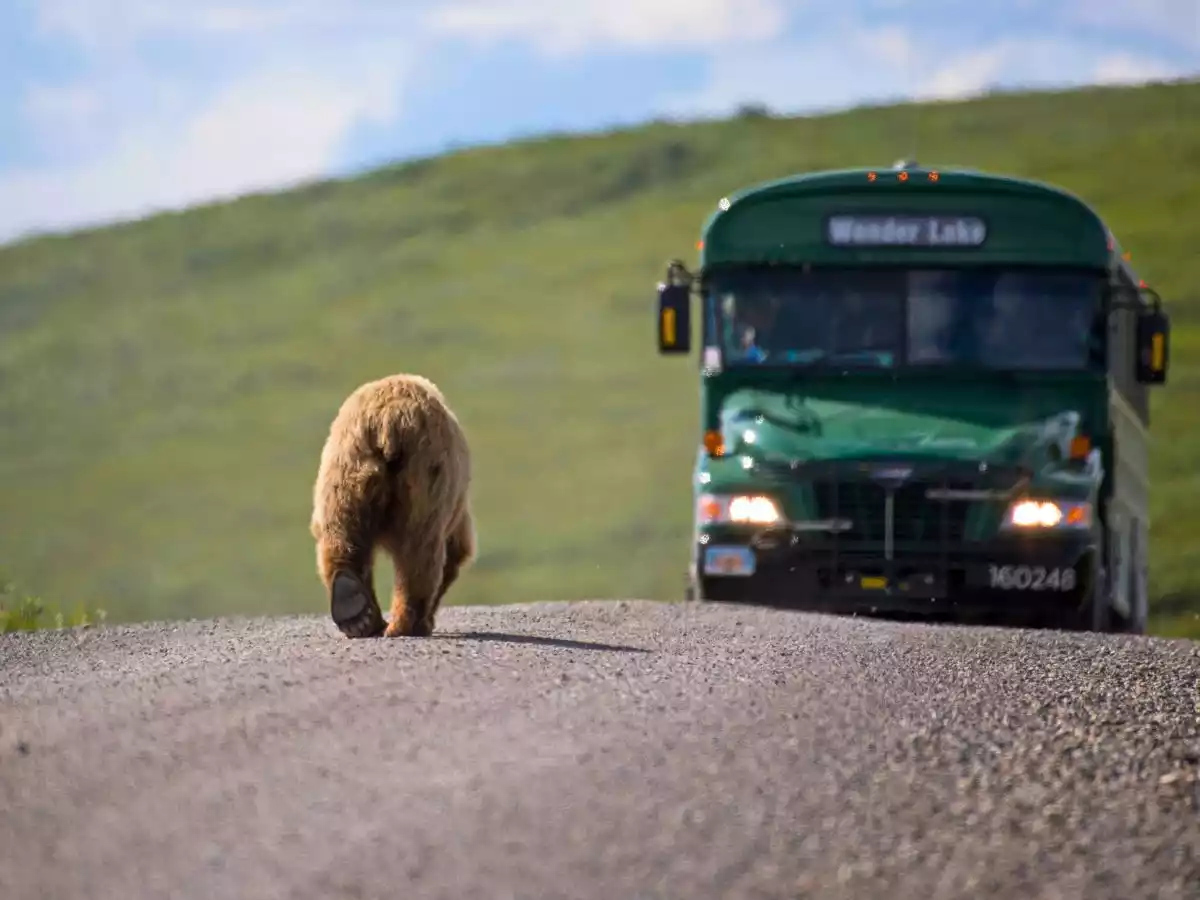 Credit: NPS Photo
Credit: NPS Photo
What to Do
The Tundra Wilderness Tour is the most popular activity within Denali National Park & Preserve. It is a 5-hour narrated bus tour along the Park Road, the only road in the park. Along the way, you’ll see the miles upon miles of untouched wilderness, the wildlife that roams it, and, of course, Mount Denali (also called Mount McKinley). As the road is closed beyond Mile 15 to private vehicles, this is the primary way to see the inside of the park.
Denali has very few marked trails, but those that exist are primarily located near the Denali Visitor Center (where you can also collect your park stamp), by the park entrance. These include leisurely hikes like the Horseshoe Lake trail, which offer a snapshot of the beautiful wild landscapes without the need for backcountry exploration.
Denali is also the only national park with working sled dogs, having used them since the 1920s to patrol park boundaries. Now, they work more reliably through winter than any machine, protecting the natural essence of the wilderness. You can visit them at the Denali Sled Dog Kennels, just 3.5 miles down Park Road. The visitor center will tell you what time the rangers are doing a demonstration, and you can also take a bus from there to the kennels.
Things to Know
The Park Road — the only road actually within the national park — is closed to private vehicles beyond Mile 15. This means your only way in is on a bus (either dedicated tour buses or the park’s own shuttle) or an extremely long hike. The road is entirely closed after Mile 43 due to the Pretty Rocks landslide. This closure is expected to remain in effect throughout the summer of 2026.
Bus trips run from mid-May to mid-September each year. Outside of this time, activities are more limited. However, the views of golden tundra and a snow-capped Mount Denali make the trip entirely worth it.
There is a $15 entrance fee to Denali National Park & Preserve, which you can buy online before your trip or at the visitor centers or bus depot when you arrive. If you are taking a narrated bus tour (for example, the Tundra Wilderness Tour included in many of our packages), the fee is included in your tour price.
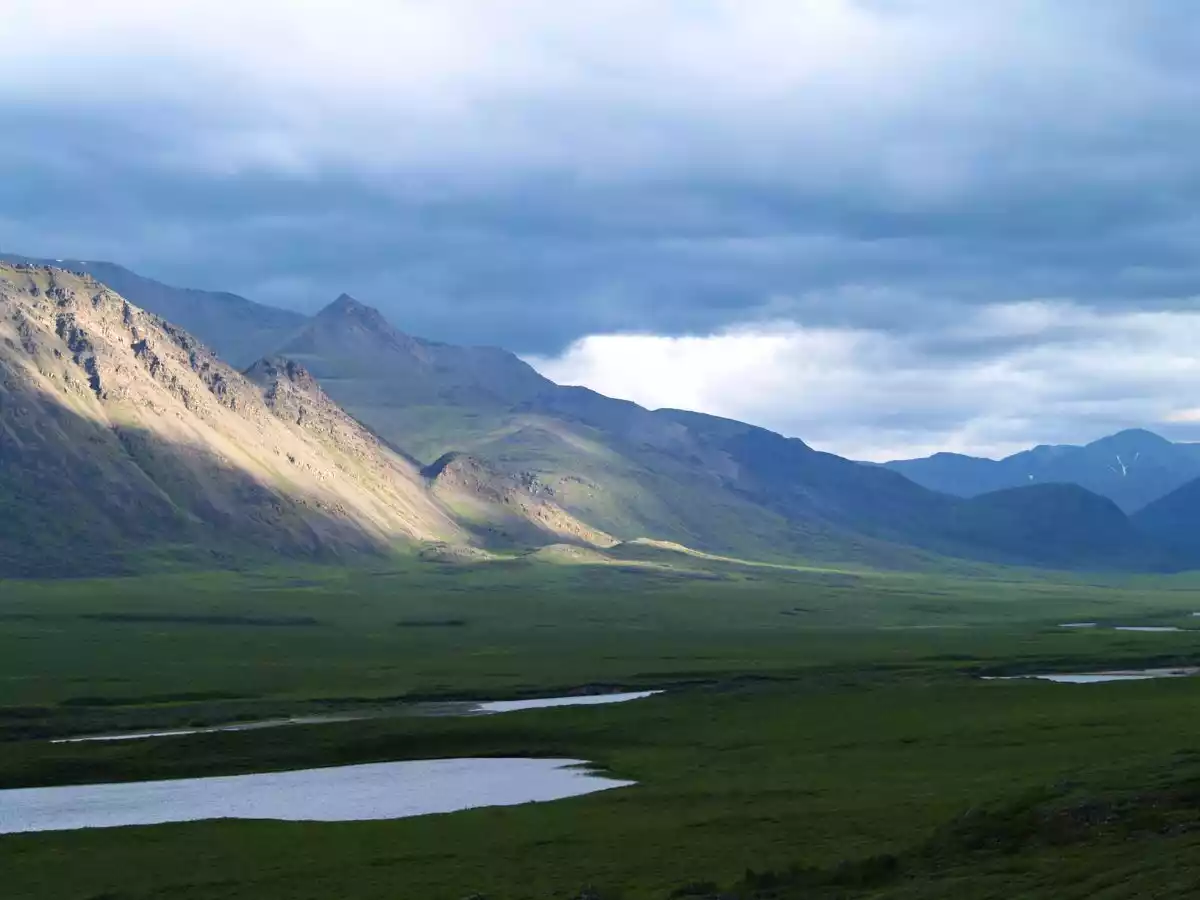 Credit: NPS / Christopher Houlette
Credit: NPS / Christopher Houlette
Gates of the Arctic National Park & Preserve
On the other hand, Gates of the Arctic National Park & Preserve is not only Alaska’s least-visited national park, but the least-visited national park in the United States of America.
How to Get There
Gates of the Arctic National Park & Preserve is the most remote national park in America. It is not connected to the road system, meaning you have to either hike or fly in.
The hike to Gates of the Arctic is extremely challenging, given the lack of trails, dense landscapes, and river crossings. If you are looking to access the park by foot, make sure you are extremely well prepared for difficult terrain, wildlife encounters, and wilderness survival.
There are a few different ways to fly to Gates of the Arctic.
One is to charter a bush plane flight independently. You’ll need to know how many people are flying, how much gear you’ll all carry, and when you will both leave and return. Several companies are licensed to operate in the national park. However, as a tour operator, this is not a service we provide.
The easiest way to reach Gates of the Arctic National Park & Preserve is to stay at Bettles Lodge.
Related Post: Why Book an Alaska Northern Lights Tour in 2025
Bettles Lodge offers a National Parks Collector Wilderness Adventure day tour in the summer months, which helps travelers visit Alaska’s two Arctic parks (Gates of the Arctic and Kobuk Valley) in one incredibly scenic flightseeing trip.
You’ll stay in the town of Bettles — just 25 miles outside of the park boundaries and with a permanent population of only 14 people — where you’ll also find the Gates Of The Arctic Visitor Center, and can receive the park stamp for both Arctic parks.
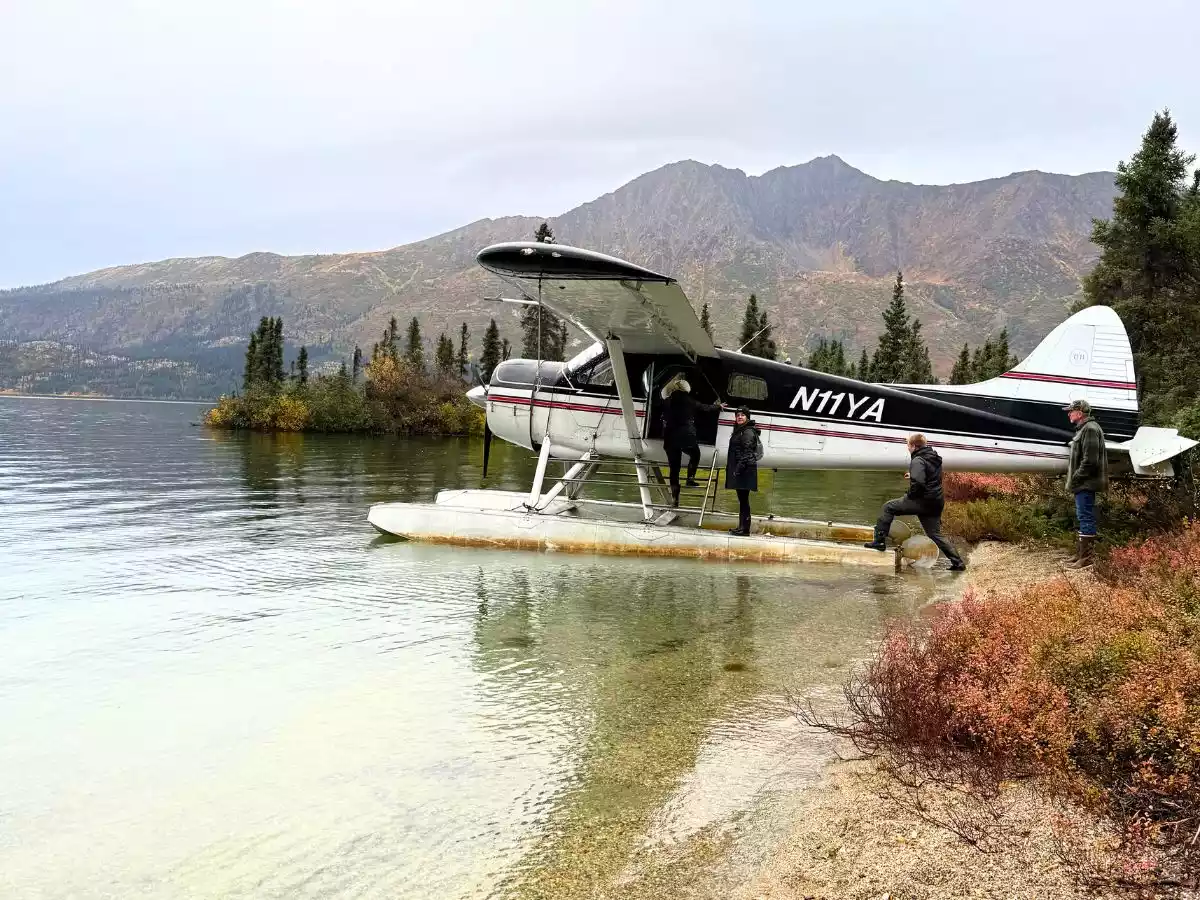 Credit: Alaska By Design
Credit: Alaska By Design
What to Do
Visiting Gates of the Arctic National Park & Preserve is all about visiting some of the most remote, isolated places on Earth. You’ll see towering, unnamed mountains, vast permafrost tundra, and hundreds of thousands of miles of uninhabited, truly wild landscapes.
There are no roads, trails, or infrastructure within the Gates of the Arctic National Park & Preserve. That means most people either take flightseeing day-trips or backcountry expeditions.
Flightseeing day tours mean seeing the park from both the air and the ground. You’ll travel with an expert guide who will ensure your safety both in the air and throughout your time in the park.
If you’re looking to backpack or wild camp in Gates of the Arctic, ensure you know how to keep yourself safe in severe backcountry conditions. Prepare for dense vegetation, frequent river crossings, wildlife, and varying conditions. Bring enough supplies for additional delays due to weather.
However, if you’re just looking for Arctic views, there are many flightseeing tours above the Arctic Circle. These flights pass just south of the national park, offering the same grand views you’ll find inside. You’ll land in the community of Coldfoot, where the Arctic Interagency Visitor Center has park stamps.
Things to Know
Weather can greatly impact your ability to fly in and out of the park. For that reason, we only recommend visiting Gates of the Arctic National Park & Preserve in the summer months.
However, the park is technically open year-round, and neighboring lodges like Bettles Lodge offer activities and northern lights viewing in the winter.
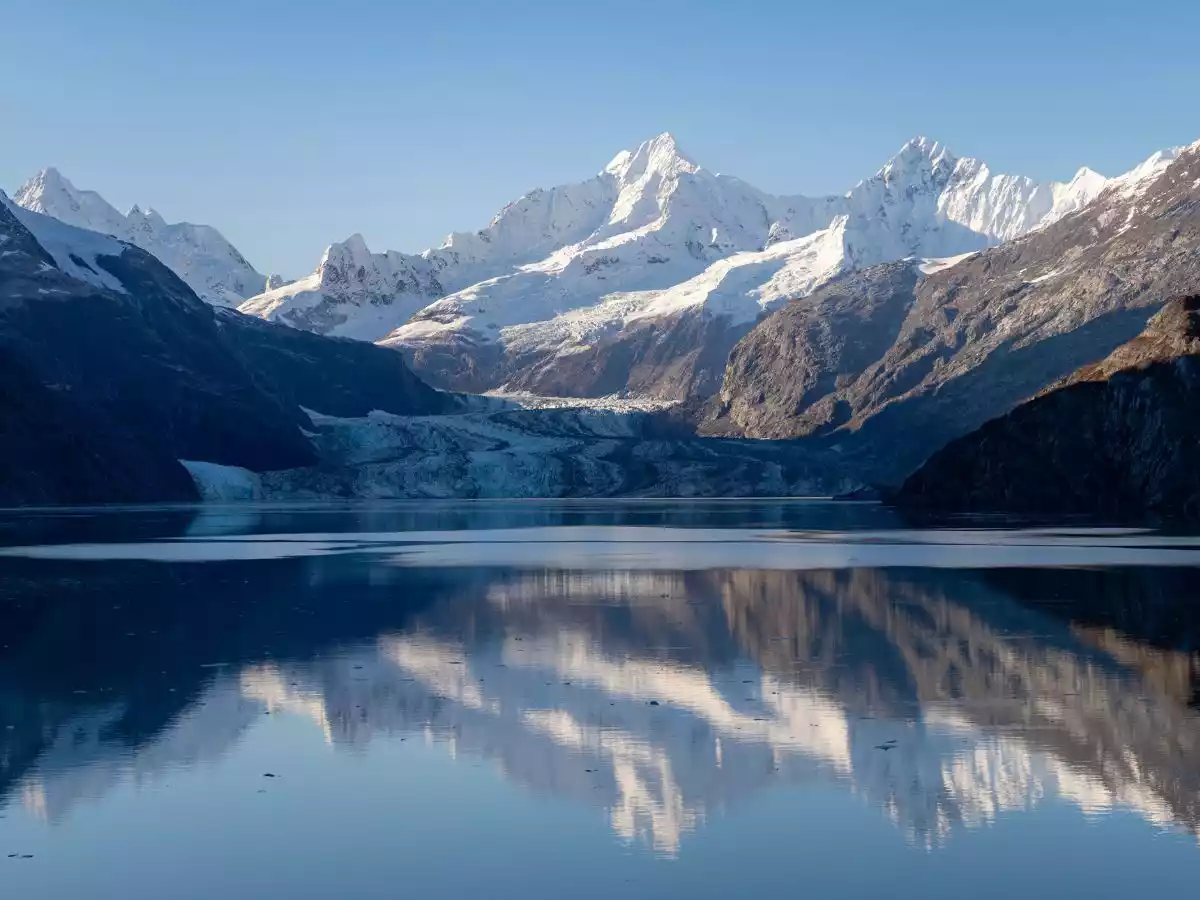 Credit: NPS Photo / S. Tevebaugh
Credit: NPS Photo / S. Tevebaugh
Glacier Bay National Park & Preserve
Glacier Bay National Park & Preserve is located in the Southeast Region of Alaska, around 70 miles northwest of Juneau.
How to Get There
Glacier Bay is almost always explored from the water.
Most people access Glacier Bay National Park & Preserve on an Alaskan cruise. Six major cruise lines operate within the park:
- Princess Cruise Lines
- Holland America Line
- Norwegian Cruise Lines
- Seabourn Cruise Line Limited
- Viking
- Cunard
These cruises typically include one full day exploring from the water and do not dock within the park. If you’re looking to explore Alaska off the water, join a post-cruise land tour to Denali.
You can also get to the park on small ship lines, day tours on small boats, and private boat rentals and charters. If you are chartering or renting a boat, just be sure you understand and comply with all park boating regulations.
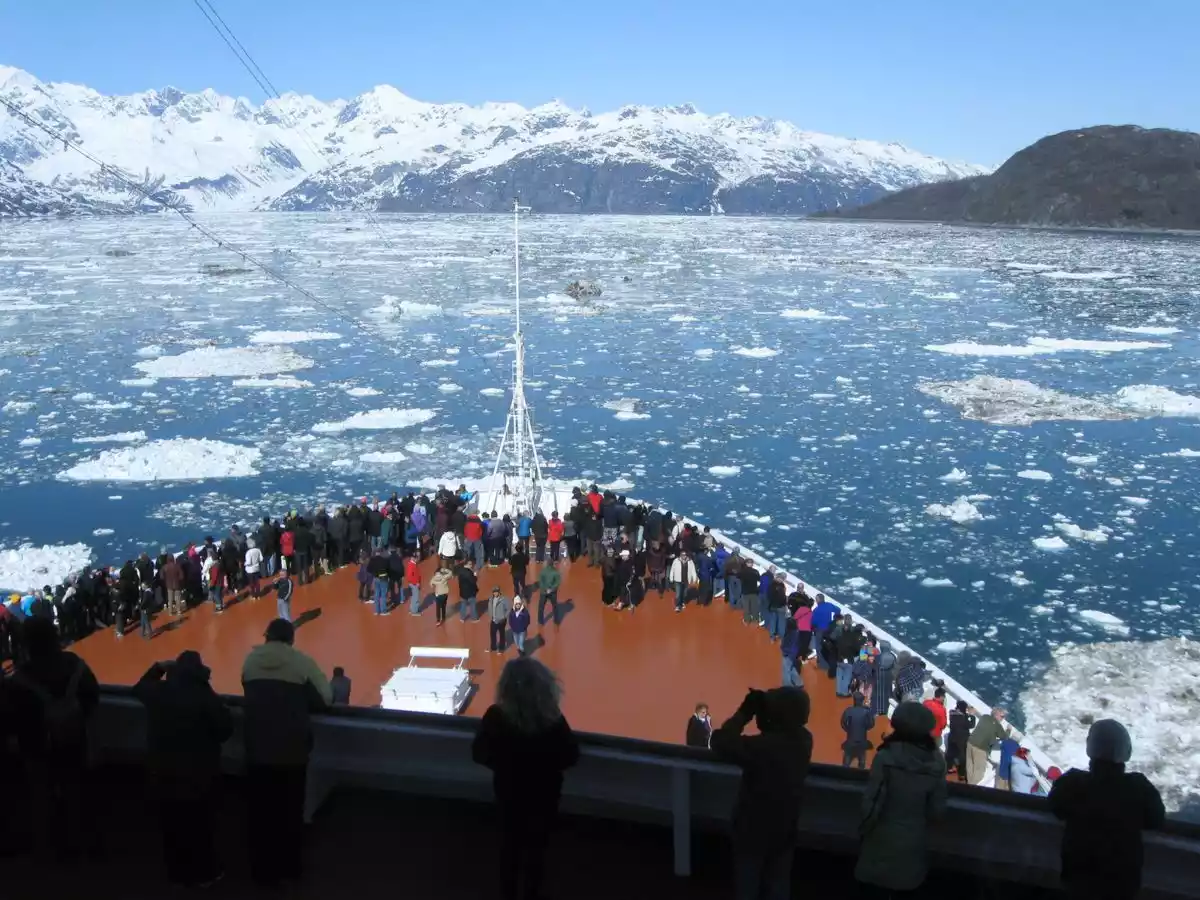 Credit: NPS Photo
Credit: NPS Photo
What to Do
Cruises will typically spend a full day touring Glacier Bay, visiting a towering tidewater glacier as they do. Besides watching for glacier calvings — where huge chunks of ice fall off the glacier into the ocean — watch for wildlife like brown bears, sea otters, humpback whales, porpoise, seals, and seabirds.
Park rangers will also board the ship to offer presentations, information, and Junior Ranger activities. Enjoy their expertise from onboard the ship, learning about the park’s ecology and history.
If you’re entering the park alone, you’ll need to charter a boat.
Things to Know
If you’re entering the park on a cruise ship, you will not dock within its limits. Instead, you will tour its water, and park rangers will board the ship like a traveling visitor center. So, if setting foot on the park floor is important to you, it is best to find another way there.
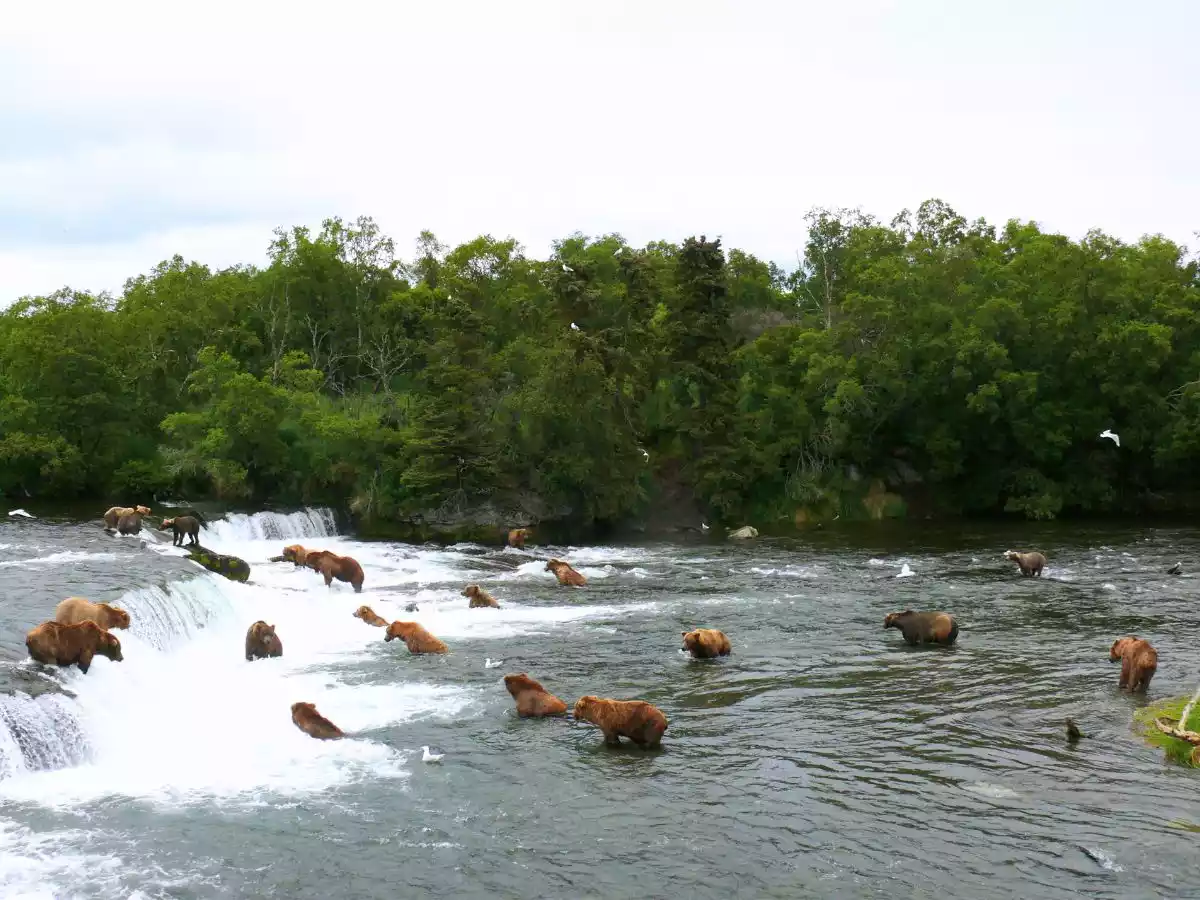 Credit: NPS Photo / Michael Fitz
Credit: NPS Photo / Michael Fitz
Katmai National Park & Preserve
Katmai National Park & Preserve is home to bear viewing like no other place on Earth. The park is home to around 2,200 brown bears, hosts the world-famous Fat Bear Week, and the impressive viewing destination, Brooks Falls.
How to Get There
Katmai National Park & Preserve requires you to arrive by boat or plane. Like many other national parks in Alaska, it is not connected to the road system.
The park is best accessed from Anchorage. You can either take a commercial flight to King Salmon, a community on the park’s eastern edge, or an air taxi directly to your final destination.
Brooks Camp, where you’ll find the bear-watching haven, Brooks Falls, is accessed by either a float plane or a boat from King Salmon. Most people arrive by floatplane.
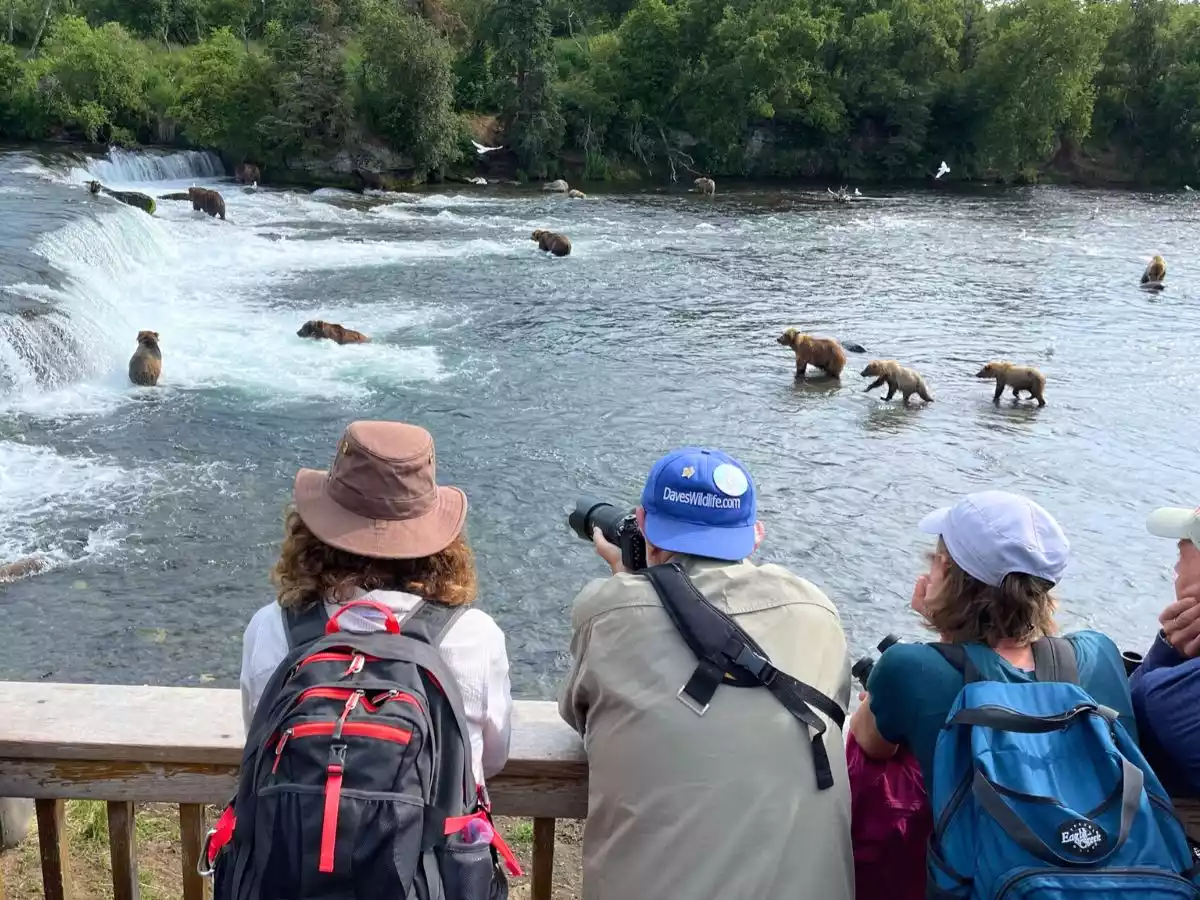 Credit: Stillpoint Lodge
Credit: Stillpoint Lodge
What to Do
The main activity in Katmai National Park & Preserve is bear viewing. In July and September, brown bears flock to Brooks Camp along the Brooks River to feast on salmon in the water. They congregate around the falls, in particular, to catch fish as they jump up the rapids.
There are three bear-viewing platforms along the Brooks River. The Falls Platform is at the falls itself, one — the Riffles Platform — is just 100 yards downstream, and the Lower River Platform is at the river’s mouth by the lodge.
Things to Know
Despite being popular travel times, June and August generally have a lower concentration of bears in Katmai due to less food supply. That means it is typically not the best time to visit the park.
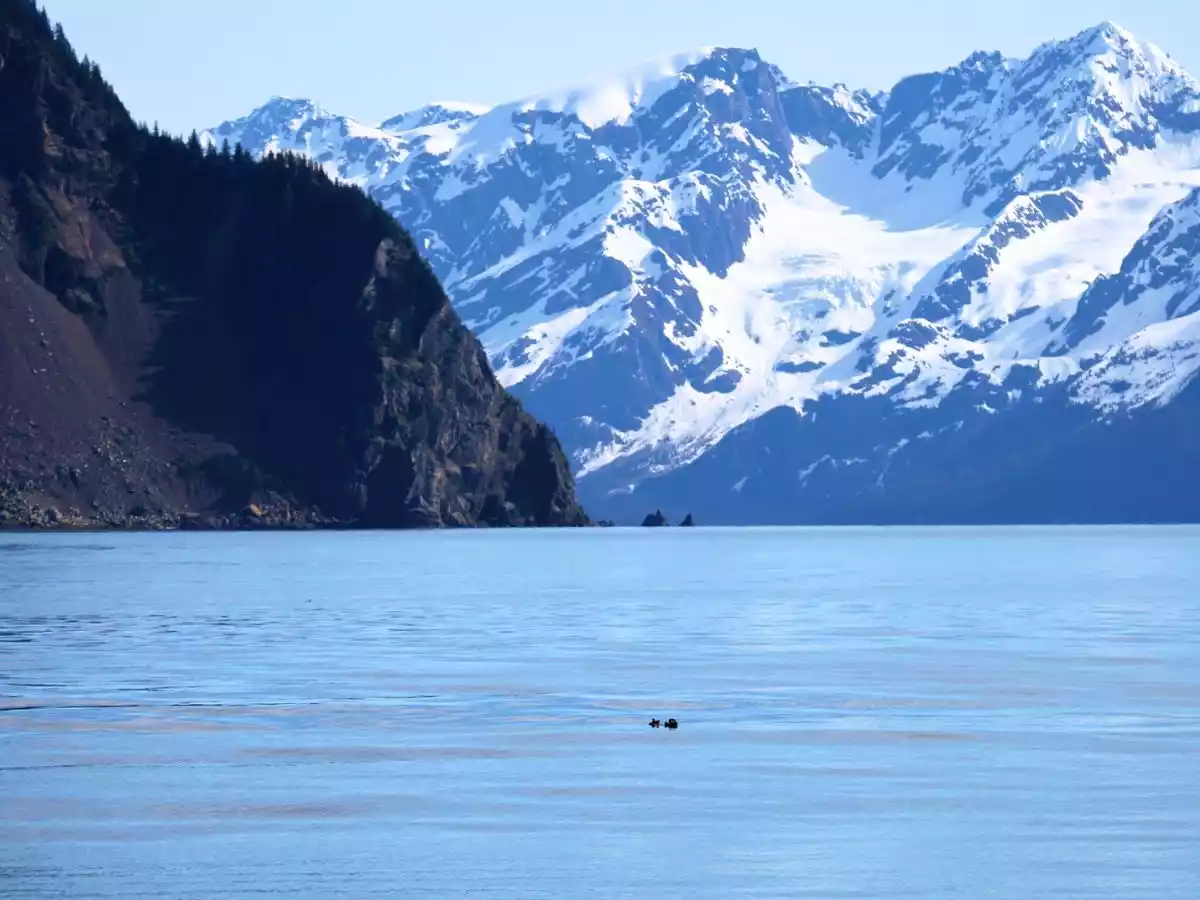 Credit: NPS / Jim Pfeiffenberger
Credit: NPS / Jim Pfeiffenberger
Kenai Fjords National Park
Kenai Fjords National Park is one of the most popular national parks in Alaska. And, being just 2.5 hours from Anchorage (the closest national park to the city), it is one of the most easily accessible, too.
How to Get There
Getting to Kenai Fjords National Park is easy.
If you’re starting in Alaska already, you can either drive south from Anchorage, following the Seward Highway for around 2.5 hours, or you can take Alaska Railroad’s Coastal Classic Train for around 4.5 hours. Both options are incredibly scenic, offering views of the Turnagain Arm and the Kenai Peninsula.
Related Post: Alaska Road Trips: The Ultimate Guide to Driving in Alaska
The other way of seeing the park is by cruise. One of the main ports in Alaska is Seward (sometimes called ‘Anchorage’ on cruise itineraries), on the very edge of the park. That means most people who cruise up to the state will be within reach of Kenai Fjords National Park.
From Seward, boat tours into the national park itself come in the form of Kenai Fjord cruises or hiking into its boundaries.
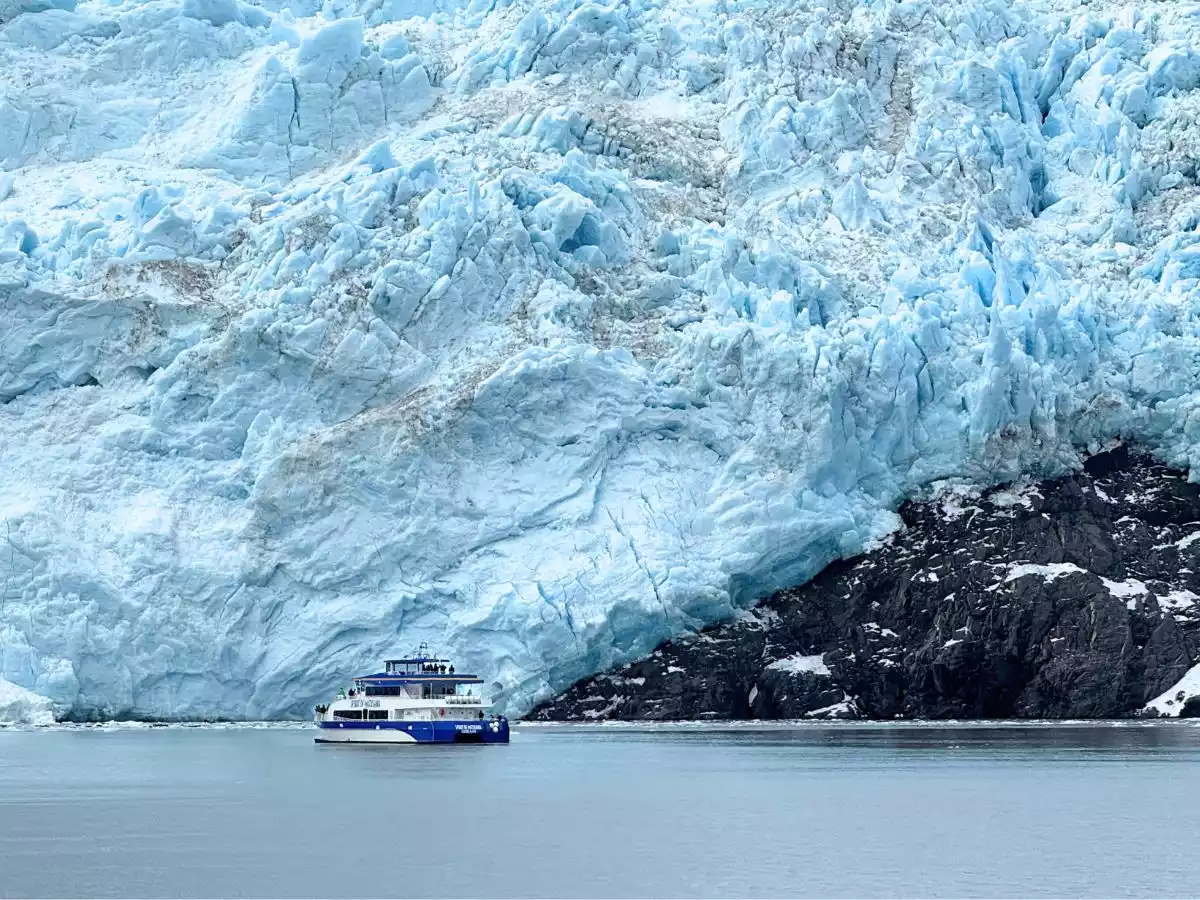 Credit: Alaska By Design
Credit: Alaska By Design
What to Do
Within the Kenai Fjords National Park itself, the best thing to do is the day cruises. They take you through the towering fjords, rocky archipelagos, and to gigantic glaciers — all while providing opportunity for wildlife viewing.
One we recommend to our guests is the Northwestern Fjord Cruise, which goes deeper into the park than any other. The extra time on the water means more remote views, wilder landscapes, and a higher chance of that perfect wildlife encounter.
While in the park, you should also hike to Exit Glacier. The trailhead is located just 15 minutes from Seward and, from there, you can walk into the national park and directly up to the glacier itself.
Things to Know
Kenai Fjords National Park is one of the most accessible national parks in Alaska. As a result, it is the best park to visit if you’re short on time.
If you have more time in Alaska, we often connect it with other destinations by way of train, plane, and expert-designed road trips.
If you are planning to spend a week or longer in Alaska, we recommend visiting both Kenai Fjords and Denali in one trip.
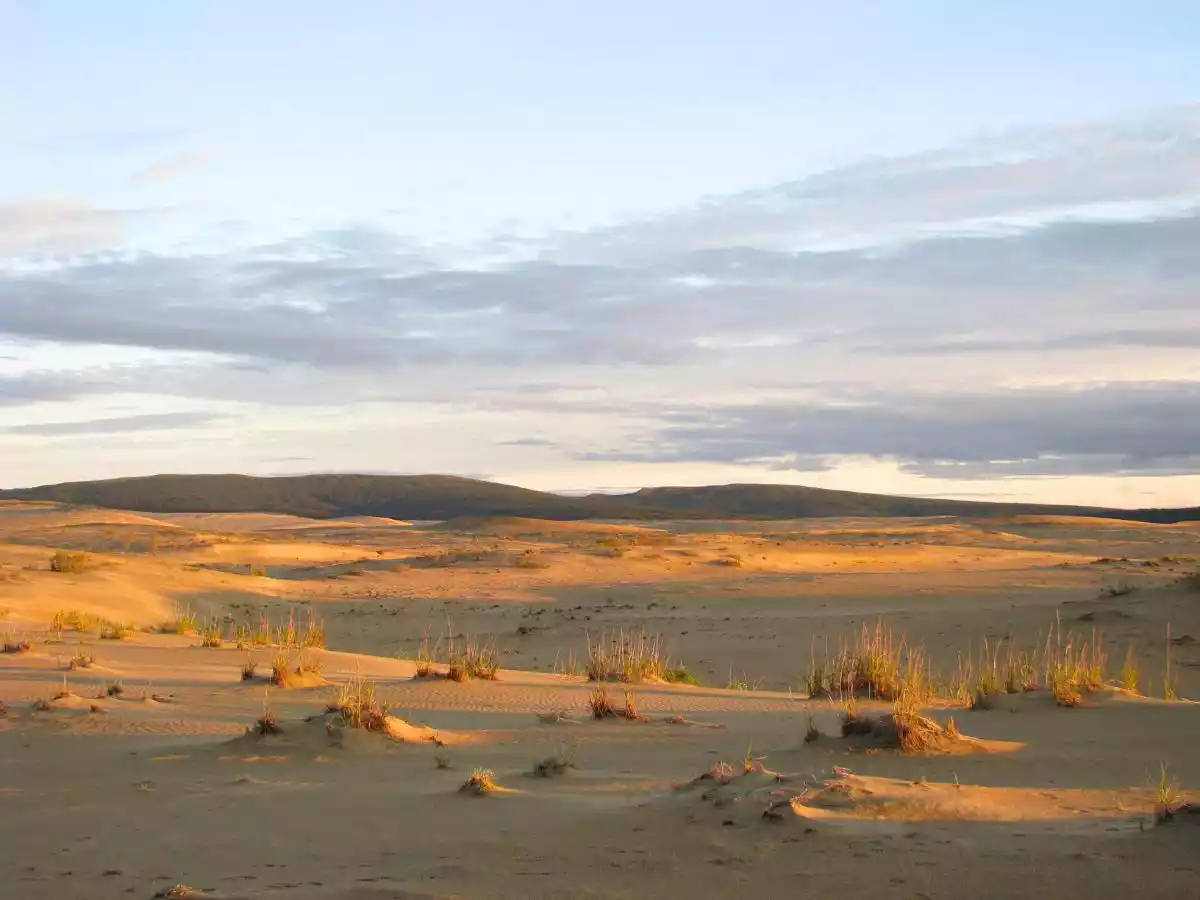 Credit: NPS Photo
Credit: NPS Photo
Kobuk Valley National Park
Kobuk Valley National Park is the other Arctic national park alongside Gates of the Arctic. Inexplicably, it is home to vast sand dunes.
How to Get There
Like Gates of the Arctic, Kobuk Valley is only accessed by plane. While you can take an air taxi or charter a flight — both the best options if you’re looking to spend multiple days backcountry camping in the park — this requires substantial planning.
We recommend the Bettles Lodge National Parks Collector Wilderness Adventure day tour instead.
After making your way to Bettles Lodge (we will arrange your air taxi flights, which run from Fairbanks), they will fly you out to the park, land in the wilderness, and stay with you while you explore. Then, upon returning, you’ll have the chance to experience the lodge itself, staying in the heart of the Alaskan Arctic.
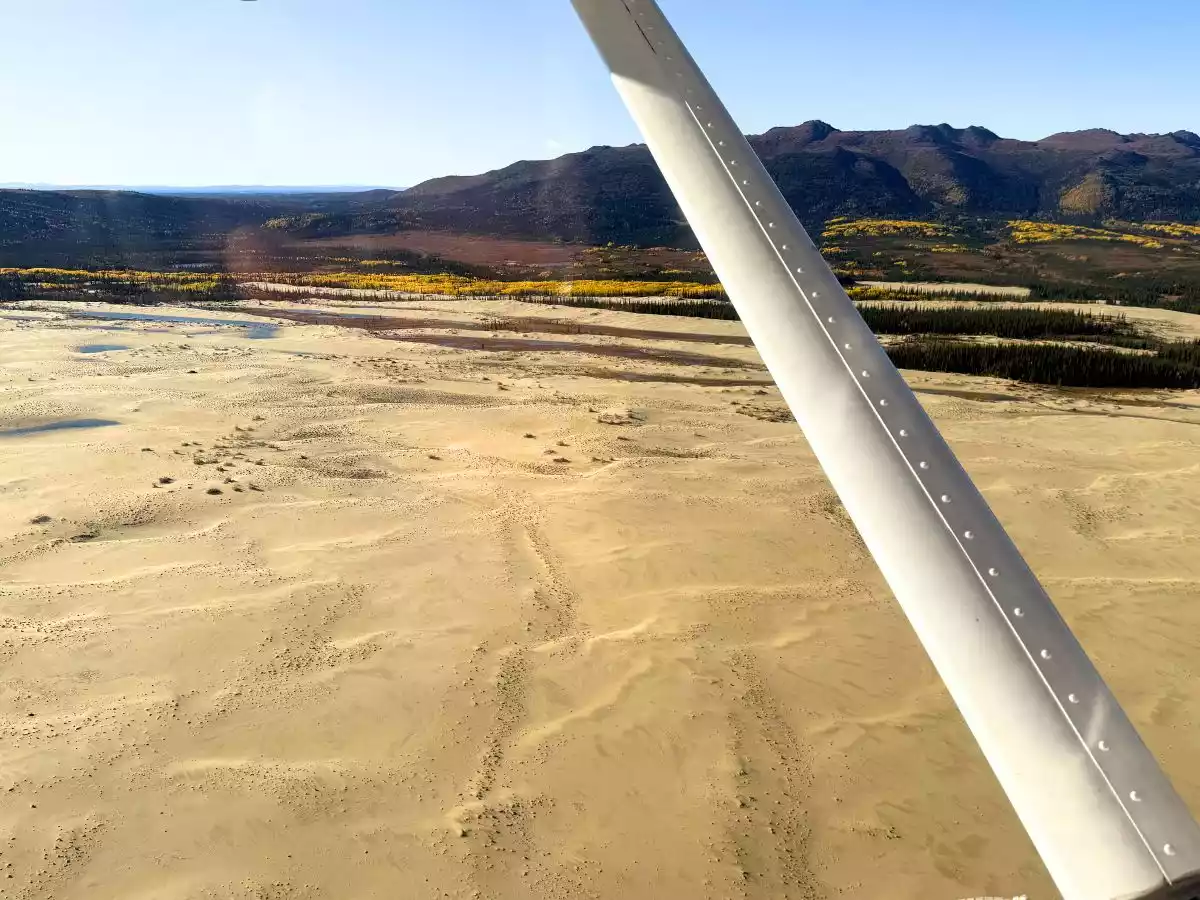 Credit: Alaska By Design
Credit: Alaska By Design
What to Do
Most people visit Kobuk Valley National Park to see the Great Kobuk Sand Dunes — the largest Arctic sand dunes in the world. An incredible way to see them is on a flightseeing tour, where you’ll overlook them from above and see how they stretch across the valley.
Most flightseeing tours will also land nearby or on the sand, letting you set foot on an Arctic desert.
Things to Know
Like Alaska’s other Arctic park, getting here is challenging and is both seasonally and weather dependent. The safest way to reach the park is on a flightseeing day tour, where you will have the guidance of an expert bush pilot both in the air and once you land.
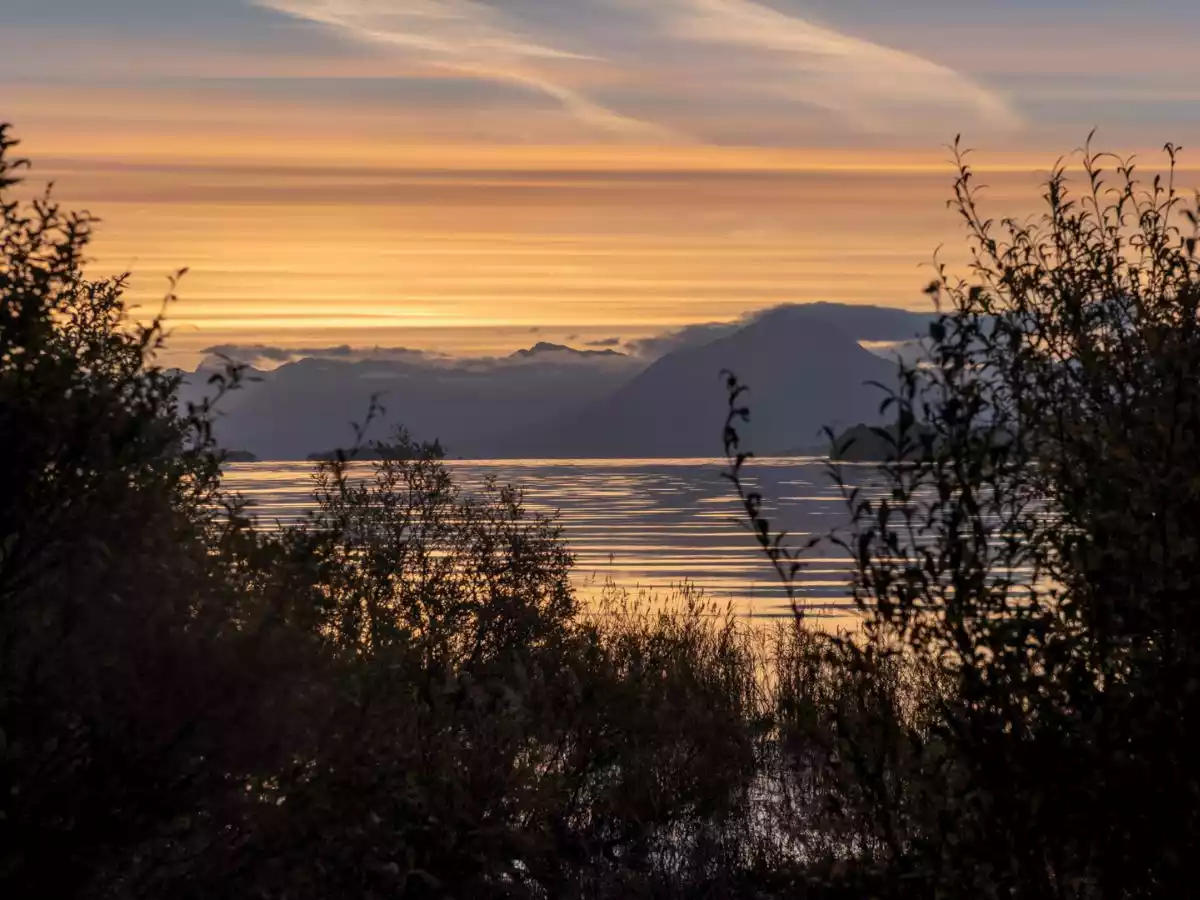 Credit: NPS Photo
Credit: NPS Photo
Lake Clark National Park & Preserve
Lake Clark National Park & Preserve is just over 100 miles from Anchorage and comprises over 4 million acres of tundra, mountains, lakes, and coastline. What it is most famous for, though, is bear-viewing.
How to Get There
Lake Clark National Park & Preserve is, like most other Alaskan parks, fly-in or boat-in only. However, it can be accessed fairly quickly from Anchorage, the state’s largest city.
If, like most visitors, you’re taking a bear-viewing tour to the park, the flight leaves from Anchorage and is under 1.5 hours in either a small bush plane or a floatplane. However, you can also take air taxis, which leave from a selection of nearby towns and cities.
Reaching the park by boat typically involves chartering a vessel or taking your own. The journey involves an open-ocean crossing that should only be taken by experienced sailors who know the region’s waters.
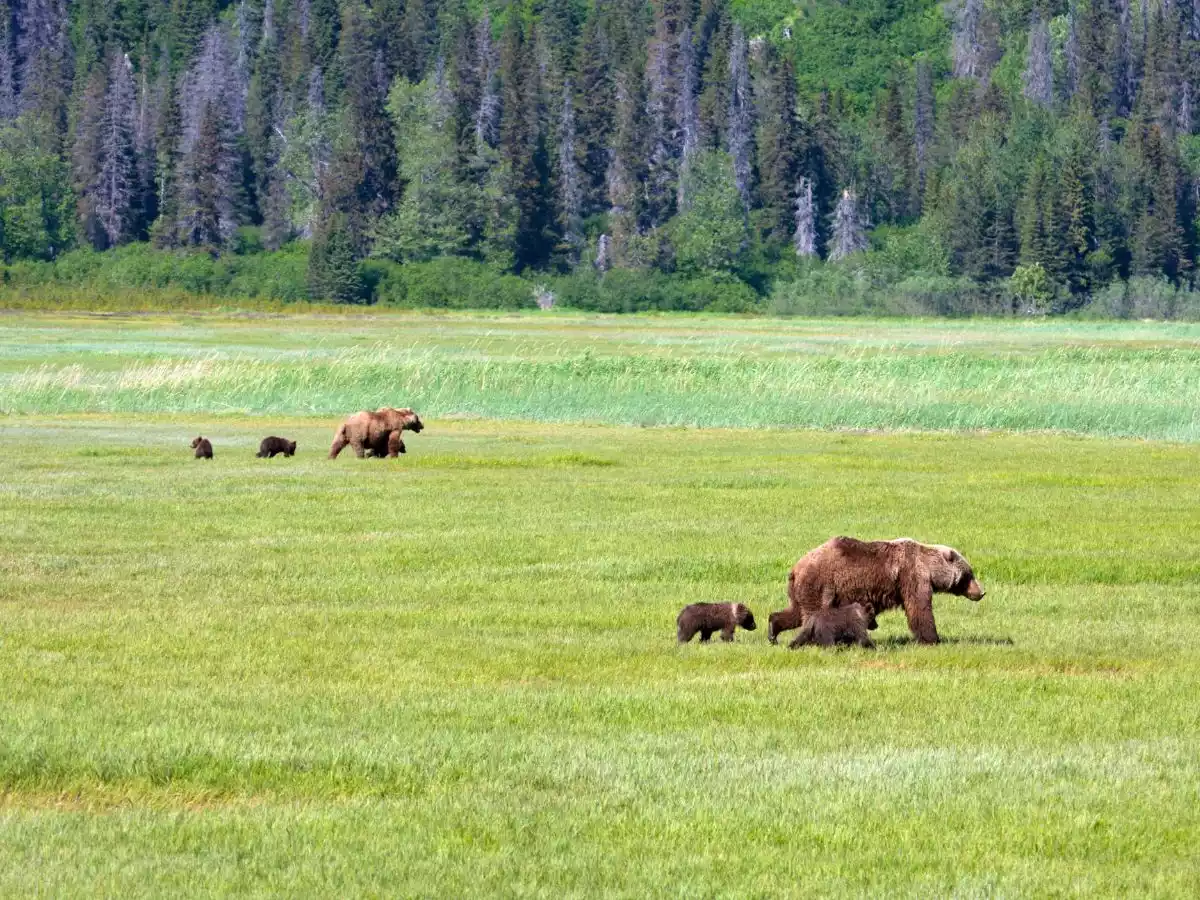 Credit: NPS Photo / K. Jalone
Credit: NPS Photo / K. Jalone
What to Do
Lake Clark National Park & Preserve is one of the most popular spots for fly-in bear viewing, with tours leaving Anchorage daily through the summer months. You’ll have the opportunity to not only step foot in the park, but to see brown bears in their natural environment.
Most visit either Chinitna Bay — where bears wander the salt marshes and tidal flats — or Crescent Lake — where both bear and human visitors go to fish.
Things to Know
Bear-viewing tours to Lake Clark National Park & Preserve are seasonally dependent. Across its two primary viewing locations (Chintina Bay and Crescent Lake), the season runs from June until mid-September. If you’re looking to visit the park outside of this time, you will likely have to charter a flight yourself.
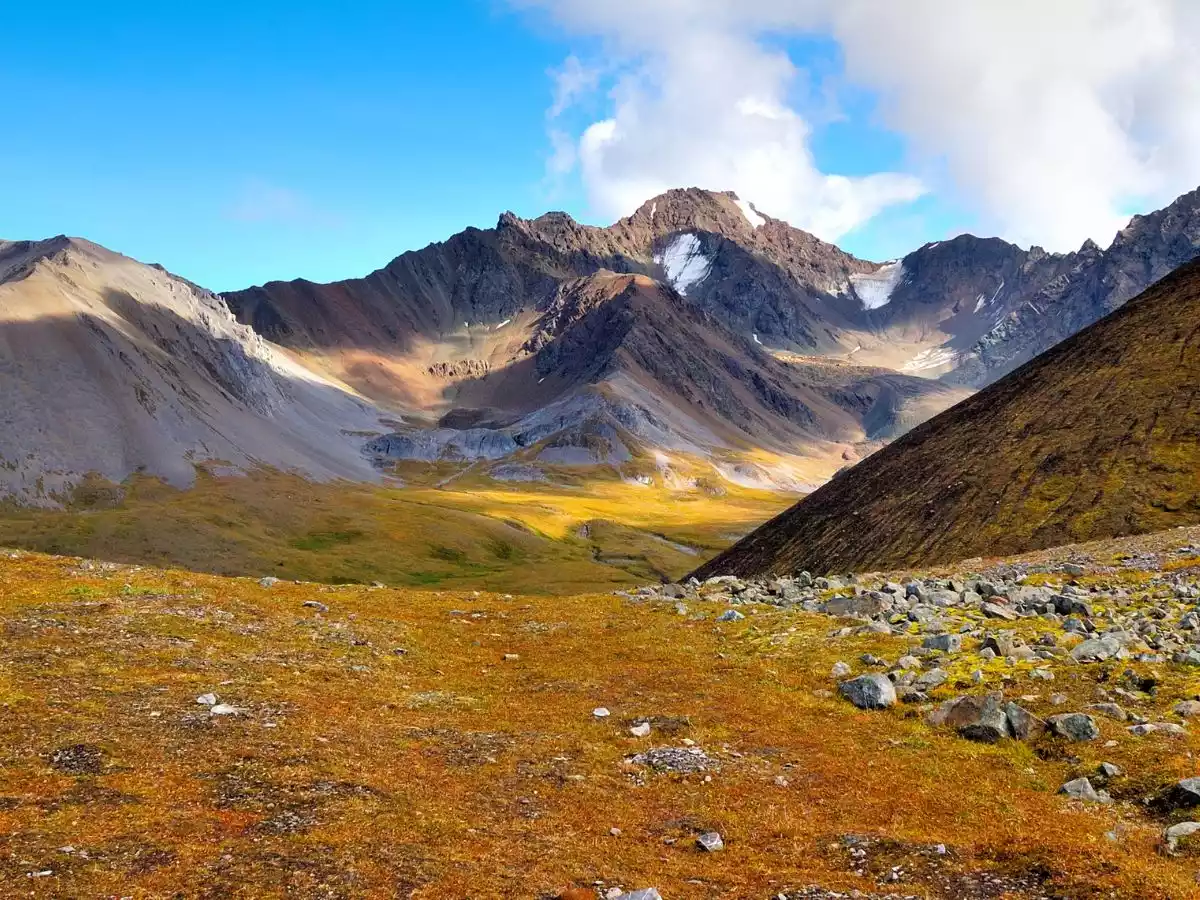 Credit: NPS Photo / Bryan Petrtyl
Credit: NPS Photo / Bryan Petrtyl
Wrangell-St. Elias National Park & Preserve
Wrangell-St. Elias National Park & Preserve is the biggest national park in the United States of America. Within it are so many different kinds of extraordinary landscapes, it is difficult to summarize. You'll find volcanoes and glaciers; huge rivers and vast forests. But, in Wrangell-St. Elias, there are only two roads.
How to Get There
Wrangell-St. Elias National Park & Preserve is accessed either by road or by air.
By road, you’ll follow the paved highways from Anchorage to Chitina (the Glenn Highway to Glennallen, the Richardson Highway to Pippet Lake, and the Edgerton Highway to Chitina). Shortly after Chitina, as you cross the Chitina Bridge, the road will change to an unpaved one — the McCarthy Road — which is 60 miles long and takes approximately two hours in one direction.
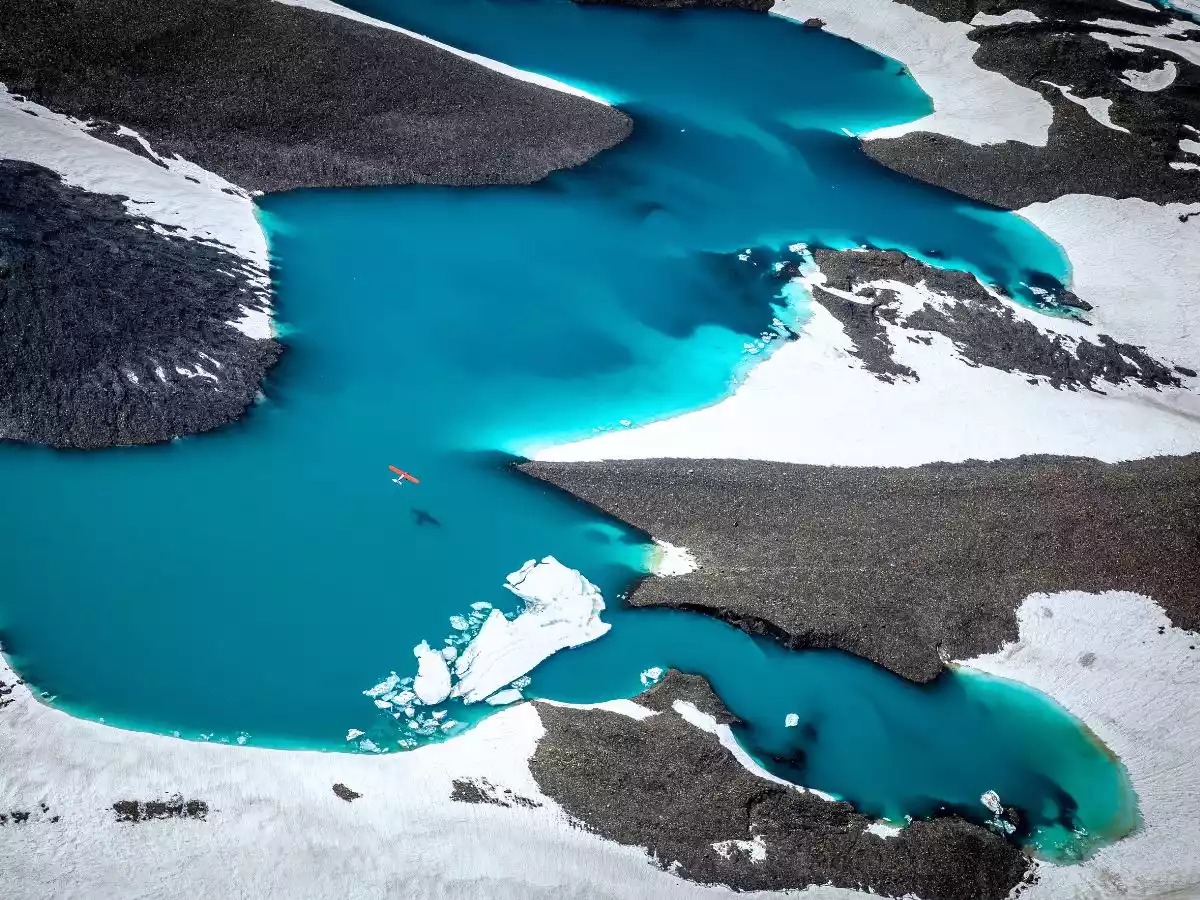 Credit: Ultima Thule Lodge
Credit: Ultima Thule Lodge
What to Do
Flightseeing is the best way to explore Wrangell-St. Elias National Park & Preserve. The park covers 13.2 million acres, meaning you will only ever scratch the surface of its wilderness. But by air, you can cover extraordinary amounts of ground, and land in faraway spots that few will ever set foot on.
While in the park, you should make sure to visit McCarthy and Kennecott — sometimes spelt Kennikott — and explore the abandoned copper mining camp at the very end of the long, unpaved McCarthy Road. There, you’ll find a ghost town where a towering red mine continues to cling to the rock faces.
Wrangell-St. Elias National Park & Preserve is truly an unending wilderness. The untouched landscapes are vast — millions of acres is an unfathomable magnitude without setting foot there yourself. And, with a luxury flightseeing lodge very quietly nestled in the middle, it is easy to access.
Things to Know
If you are driving to Wrangell-St. Elias National Park & Preserve, you need to ensure you rent a car permitted to drive on unpaved roads. Many rental vehicles do not allow you to drive gravel tracks, so double-check at the time of booking.
National Park Vacation Packages
Almost all of our Alaska vacations spend time in at least one national park, and most connect two or more of them. We design our trips around the most beautiful places in the state, so, naturally, we include them often. That being said, our tours are always highly customizable.
**Related Post: The Best Trips to Alaska Crafted by Travel Experts
With Alaska By Design, you’ll work one-on-one with an expert Travel Designer to craft your trip around your interests. If you’re looking to visit more parks than we originally planned for, your Travel Designer can help make that happen and advise you personally on the best way to do so.
 Credit: Joris Beugels on Unsplash
Credit: Joris Beugels on Unsplash
Alaska National Parks Self-Drive Explorer
Spend 12 days driving Alaska’s outstanding landscapes, and tick off three national parks in one trip. You’ll explore deep fjords, fly over towering mountains, and journey through entirely untouched wilderness.
With Alaska By Design overseeing the logistics and arranging the things you need to make it happen, you’re free to enjoy your national parks road trip and focus on the important things: experiencing each moment to the fullest.
Feature National Parks:
- Kenai Fjords National Park
- Denali National Park & Preserve
- Wrangell St. Elias National Park & Preserve
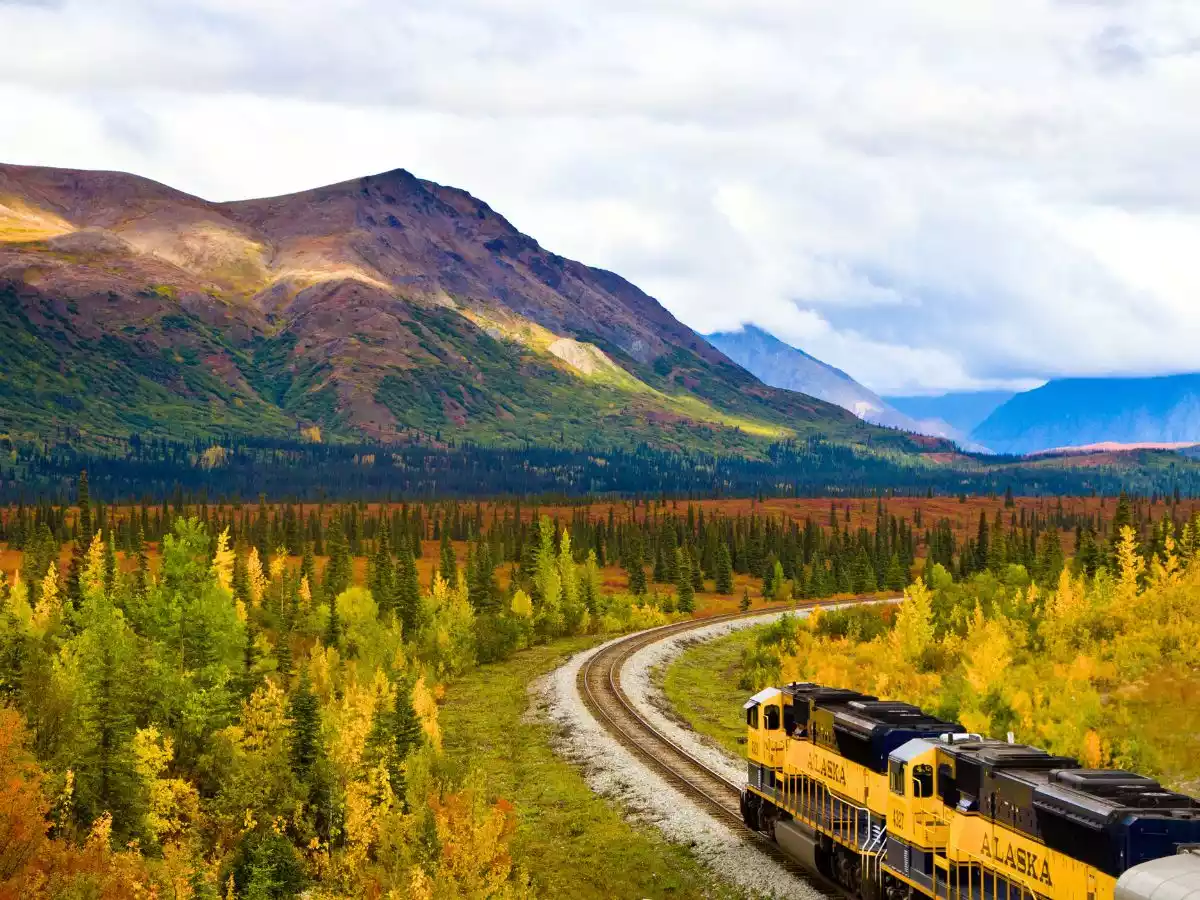 Credit: Alaska Railroad
Credit: Alaska Railroad
Denali: Alaska Railroad Highlights
If you’re looking to explore Denali, this short tour takes you there by rail. You’ll take the scenic Denali Star train between Anchorage and Fairbanks, stopping at Denali National Park & Preserve to explore along the way.
Want more time in the park? Ask your Travel Designer to add an extra night there.
Feature National Park:
- Denali National Park & Preserve
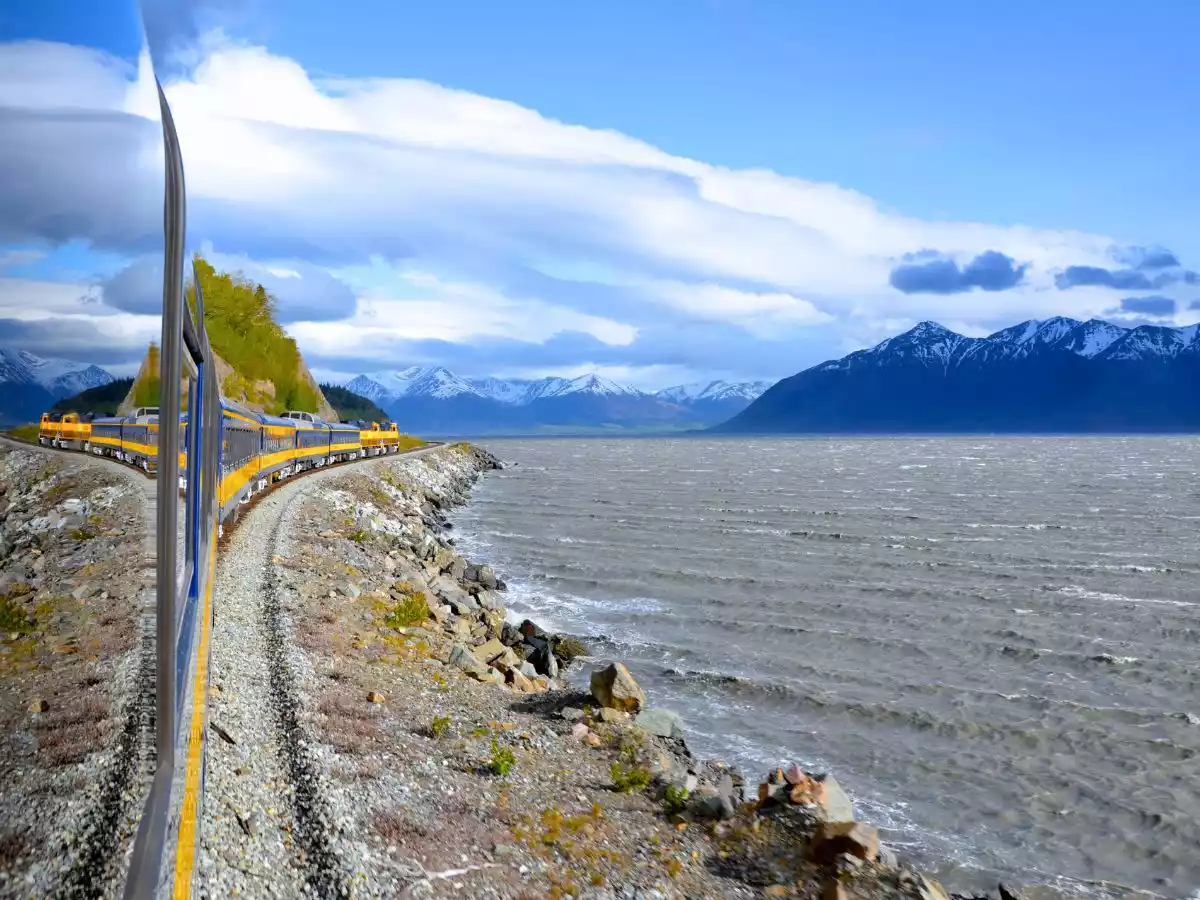 Credit: Alaska Railroad / Nicole Geils
Credit: Alaska Railroad / Nicole Geils
Ultimate Alaska Train Vacation
To see the most parks while in Alaska, take a longer train tour to Denali and Kenai Fjords, and enjoy fly-in bear-viewing in Lake Clark. Covering 3 parks in just 9 days, this is our favorite way to explore the most national parks in one trip.
Feature National Parks:
- Kenai Fjords National Park
- Lake Clark National Park & Preserve
- Denali National Park & Preserve
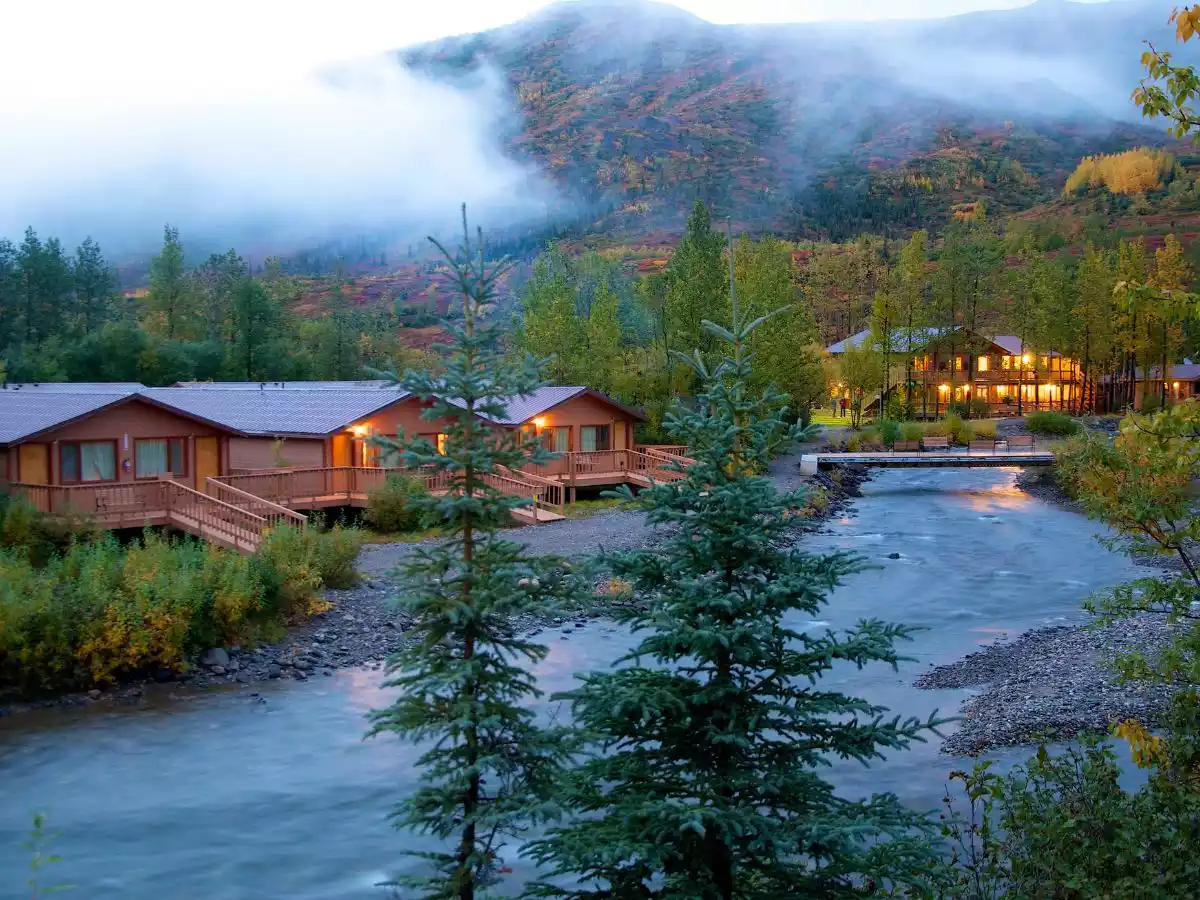 Credit: Pursuit Collection
Credit: Pursuit Collection
Denali Backcountry Lodge Explorer | Alaska Wilderness Lodge
Go further into Denali National Park than most ever will. Stay at a beautiful backcountry lodge located 90 miles deep in the park and accessible only by helicopter.
Take guided day hikes and botany walks through the remote wilderness, or explore it solo (with delicious packed lunches, day packs, and equipment provided). Or, enjoy the waterways while fishing, kayaking, and paddleboarding.
Feature National Park:
- Denali National Park & Preserve
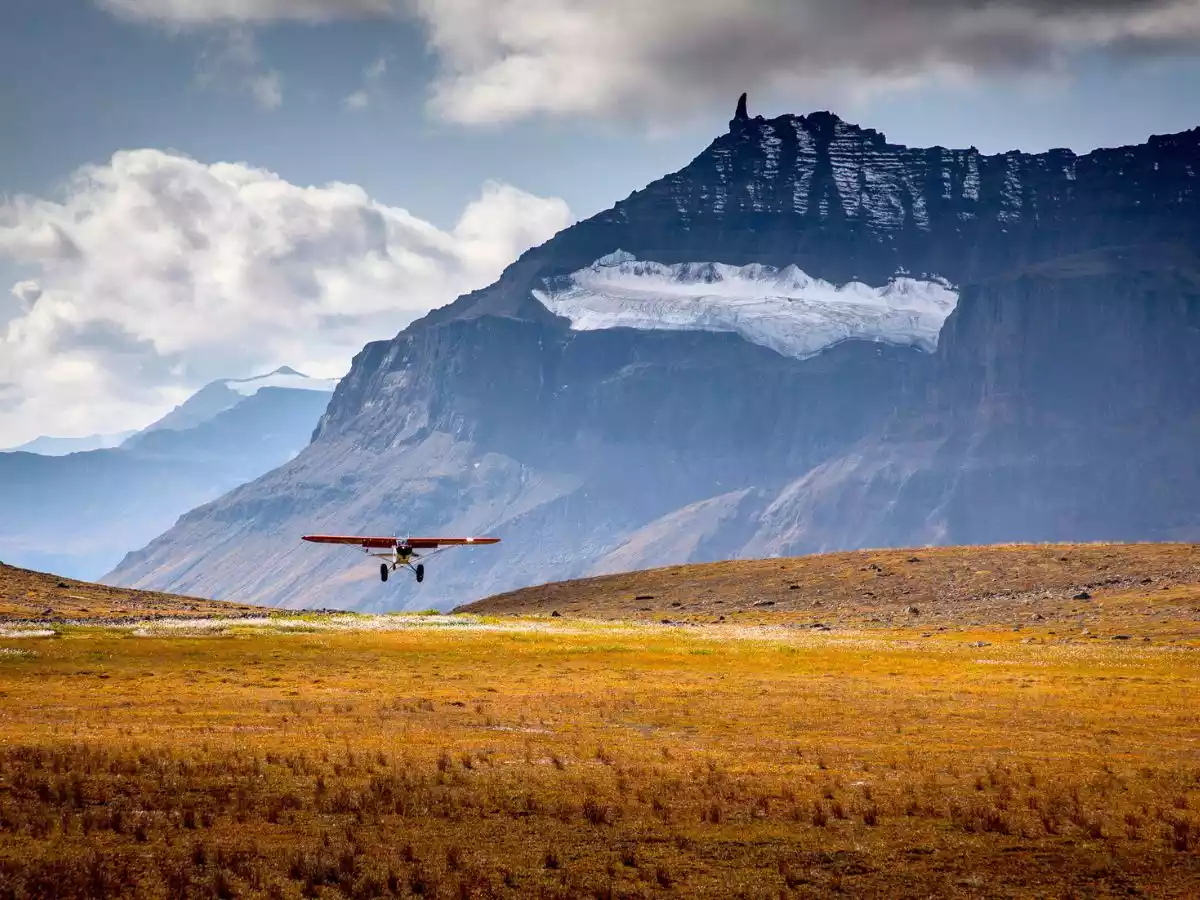 Credit: Ultima Thule Lodge
Credit: Ultima Thule Lodge
Ultima Thule Lodge | Alaska Luxury Wilderness Lodge
Stay in the heart of Wrangell-St. Elias in a luxury lodge, 100 miles from the closest paved road. Your days comprise of flightseeing past vast unnamed glaciers hiding between distant mountains and landing in spots few ever will. Your nights are spent in remote luxury.
Feature National Park:
- Wrangell-St. Elias National Park & Preserve
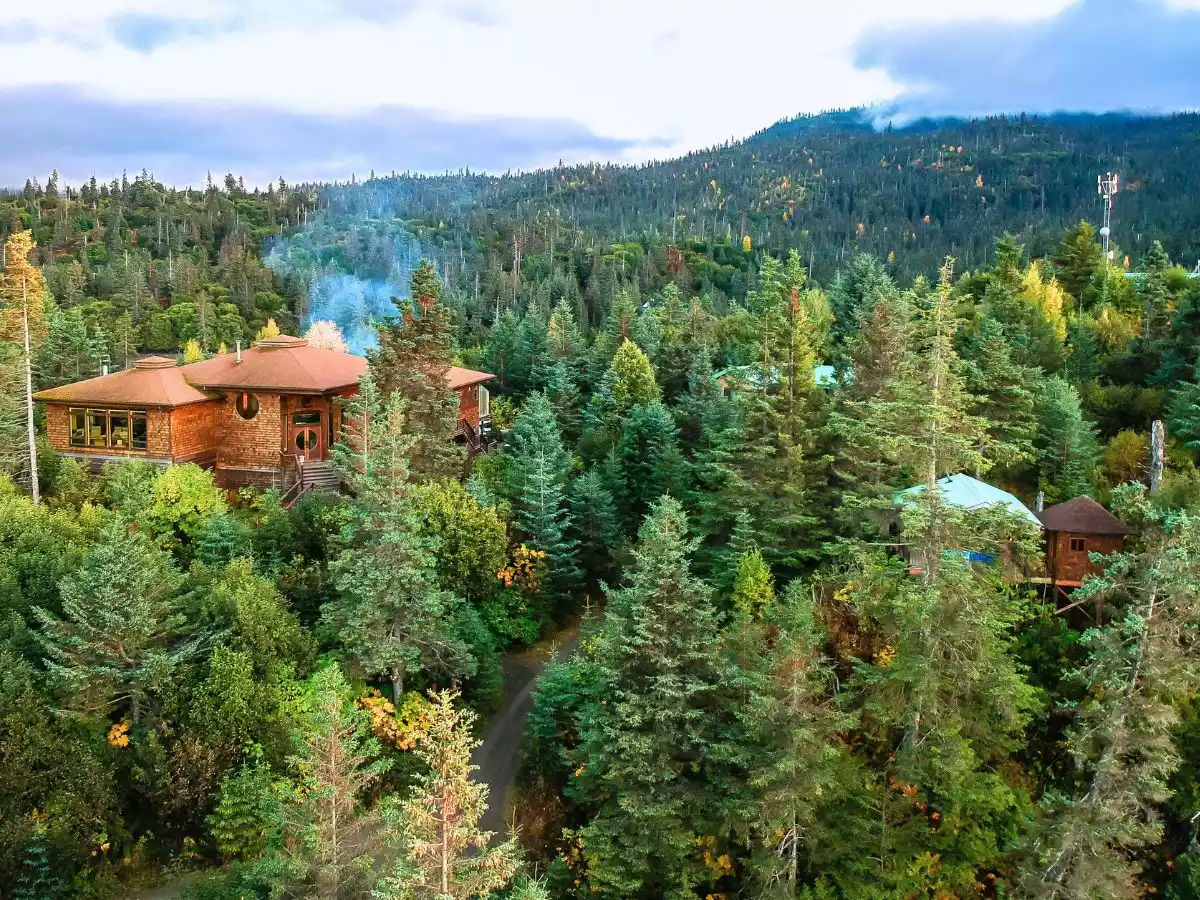 Credit: Stillpoint Lodge
Credit: Stillpoint Lodge
Stillpoint Lodge | Alaska Luxury Wilderness Lodge
Stillpoint Lodge, a two-MICHELIN-Key-winning luxury all-inclusive lodge in Kachemak Bay, includes a beautiful private cabin, fine dining, and wellness sessions — all in the heart of the wilderness.
But what it also includes is the opportunity for bear viewing in one of two national parks.
Feature National Parks:
- Katmai National Park & Preserve
- Lake Clark National Park & Preserve
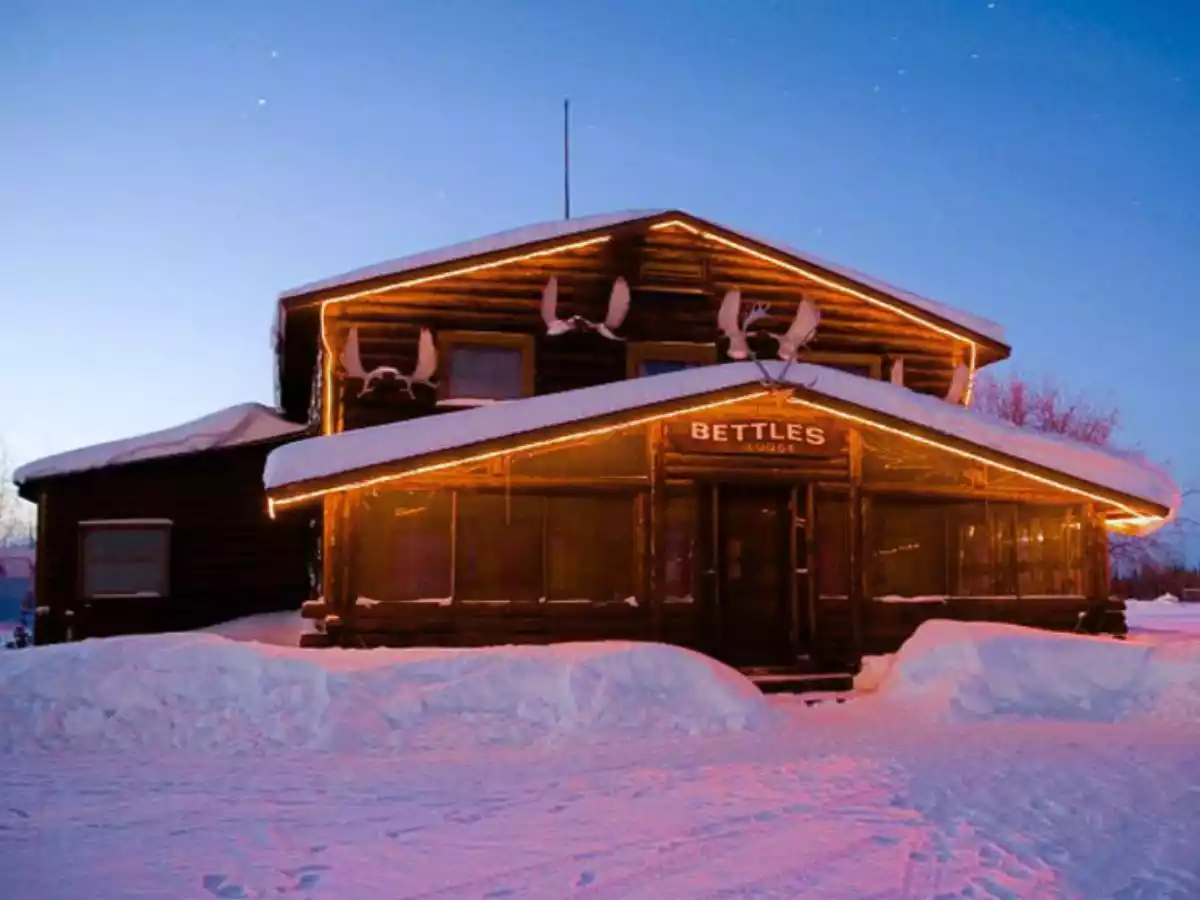 Credit: Bettles Lodge
Credit: Bettles Lodge
Bettles Lodge | Alaska Aurora Rail Adventure
Tailor our standard Bettles Lodge itinerary for summer travel to include a flightseeing tour to the Alaskan Arctic’s two national parks. Contact one of our Travel Designers to create a bespoke vacation and tick off Alaska’s most remote parks. Or, book a winter trip for stunning views of the Northern Lights over the Arctic.
Feature National Parks:
- Gates of the Arctic National Park & Preserve
- Kobuk Valley National Park & Preserve
**Looking for more lodges? See: Best Alaska Lodges for Your Perfect Wilderness Escape
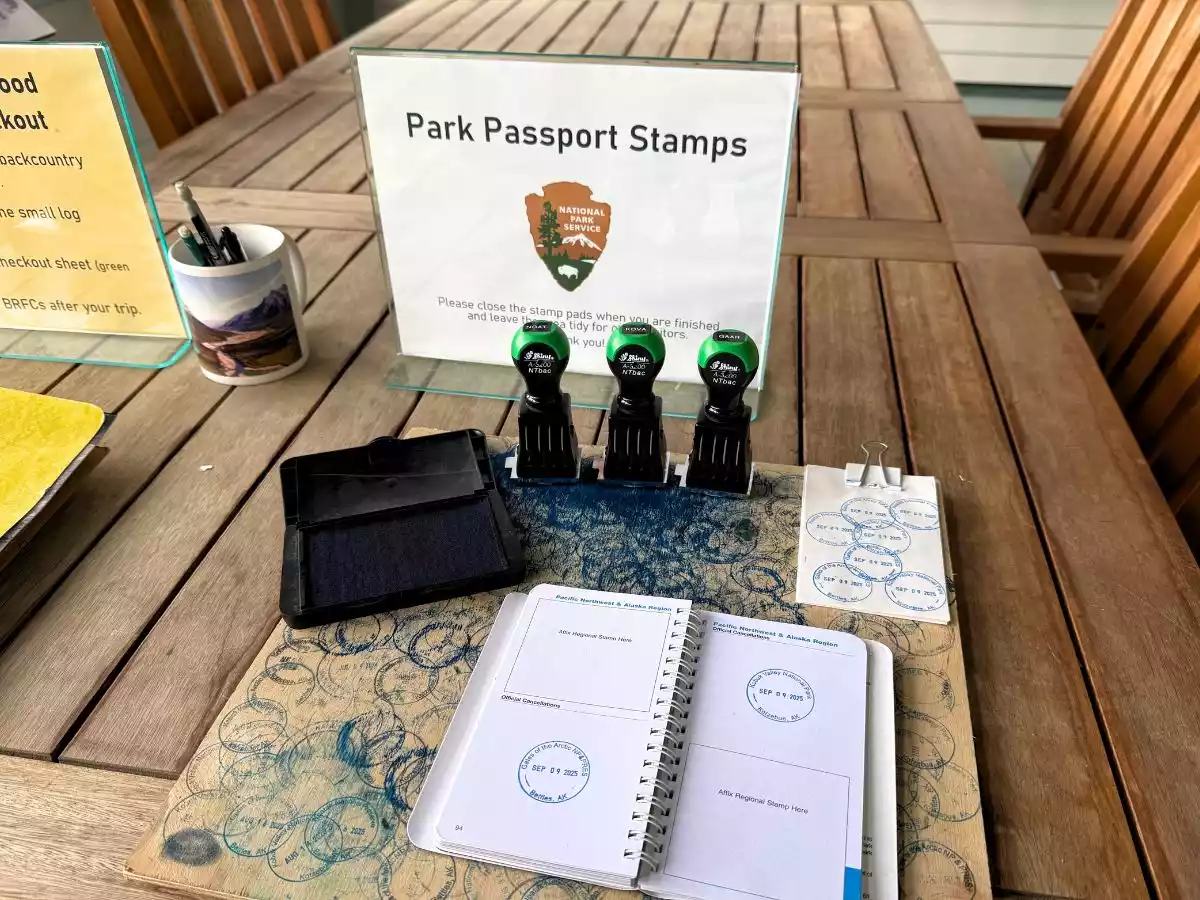 Credit: Alaska By Design
Credit: Alaska By Design
The National Parks Passport
The Passport To Your National Parks® is a program offering free ‘cancellation stamps’ in national park visitor centers and ranger stations to document your travels.
When looking to complete the passport program, visiting every national park in America, Alaska is often one of the last stops.
If you live in America and are looking to collect park stamps, we recommend purchasing the passport online before your trip, as it occasionally sells out in more popular spots.
Alaska National Parks Cancellation Stamps
National park cancellation stamps can be found in visitor centers, ranger stations, and information centers.
This is where you can find each Alaska national park cancellation stamp:
- Denali | Talkeetna, Denali National Park, Denali Park
- Gates of the Arctic | Bettles Field, Coldfoot, Anaktuvuk Pass, Fairbanks
- Glacier Bay | Gustavus, Dry Bay Ranger Station, Cruise Ship Information Desks
- Katmai | Brooks Camp, King Salmon, Valley of Ten Thousand Smokes
- Kenai Fjords | Seward, Exit Glacier, Exit Glacier Nature Center
- Kobuk Valley | Kotzebue, Bettles Field
- Lake Clark | Port Alsworth, Twin Lakes, Silver Salmon Creek, Homer, Anchorage
- Wrangell-St. Elias | Kennecott, Copper Center, Slana, Chitina, Hubbard Glacier - Yakutat
Some stamps may also be available at additional locations.
Regardless of whether they have a stamp, it is always worth visiting local visitor centers and speaking to park rangers to learn more about the beautiful parks you’re visiting.
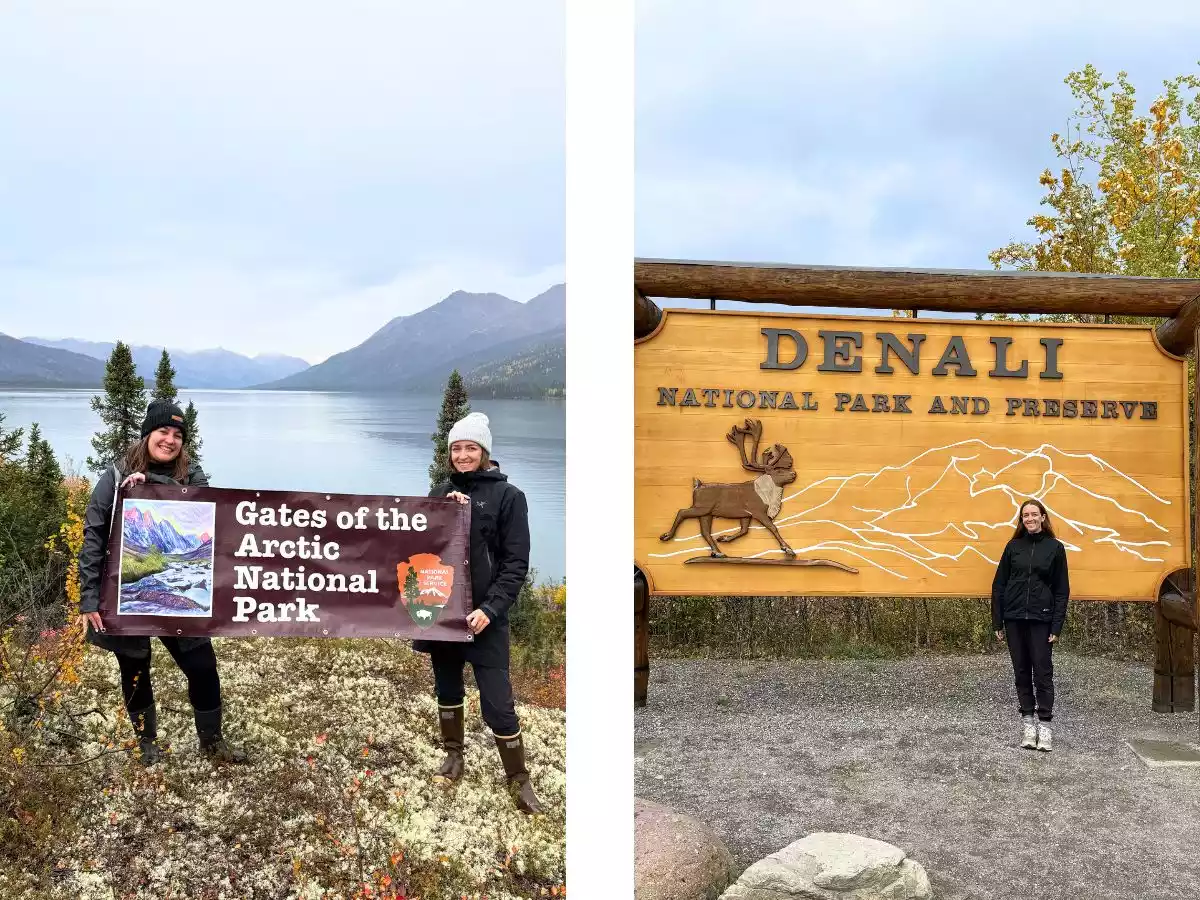 Credit: Alaska By Design
Credit: Alaska By Design
Book a National Parks Vacation with Alaska By Design
Inspired? Reach out to a Travel Designer to begin planning your vacation to Alaska’s national parks.
You’ll work one-on-one with a travel expert to plan all the logistics of your national park trip, and arrange everything you’ll need to complete it.
If you’re not ready to start booking, sign up to our newsletter to hear more about what we offer, ongoing promotions, and even more Alaska vacation packages.
FAQs
How many national parks are in America?
There are 63 official ‘national parks’ in America. However, the National Park Service cares for over 400 sites.
Most ‘national park collectors’ try to visit each site, and the Passport To Your National Parks® includes all 400+ National Park Service units.
How many national parks are in Alaska?
Alaska has eight national parks.
There are additional sites cared for by the National Park Service in Alaska, including:
- 2 National Preserves
- 2 National Monuments
- 9 National Wildlife Refuges
- 2 National Conservation Areas
- 25 Wild and Scenic Rivers
What is the best national park in Alaska?
The most popular national park in Alaska is Denali National Park & Preserve, which received around 600,000 yearly visitors pre-COVID. Current visitor numbers are still climbing. The next most-visited is Kenai Fjords National Park, with just under 400,000.
However, the best national park in Alaska depends on your own interests. We recommend reading the post above to learn about what you can find in each park, and discover the one that calls to you most.
What is the hardest national park to get to?
Gates of the Arctic National Park is often considered the most difficult national park to visit. It requires getting to Alaska, taking one or more bush planes, and is both seasonally and weather-dependent.
As a result, Gates of the Arctic is often one of the last parks that ‘national parks collectors’ visit.
However, places like Bettles Lodge organize ‘parks collector’ day tours, visiting both Gates of the Arctic and Kobuk Valley National Parks in one day. And, when booking with Alaska By Design, you can take care of all logistics from touchdown in Anchorage (or Fairbanks) to leaving, having successfully experienced these bucket-list spots.
How much does it cost to visit national parks in Alaska?
It is free to enter most national parks in Alaska. The only national park in Alaska that has an entrance fee is Denali National Park & Preserve.
However, reaching them can be expensive.
Alaska’s national parks are oftentimes remote. Many require you to charter a plane or boat just to reach, which can be a complicated and costly process.
For this reason, we offer excursions dedicated to taking you into the national park limits with ease, and include them in the price of your trip.
Table of Contents
- How Many National Parks are in Alaska?
- Why Visit Alaska’s National Parks
- Denali National Park & Preserve
- What to Do
- Gates of the Arctic National Park & Preserve
- Glacier Bay National Park & Preserve
- Katmai National Park & Preserve
- Kenai Fjords National Park
- Kobuk Valley National Park
- Lake Clark National Park & Preserve
- Wrangell-St. Elias National Park & Preserve
- National Park Vacation Packages
- The National Parks Passport
- Book a National Parks Vacation with Alaska By Design
- FAQs
